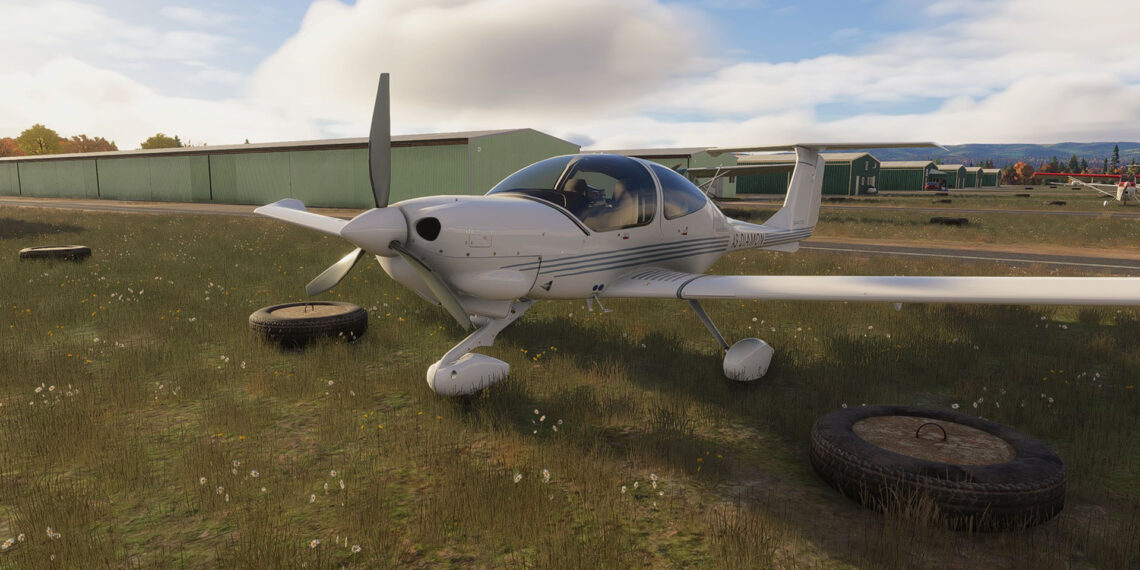Flight Simulation developers shared news today, including scenery for Microsoft Flight Simulator 2024 and 2020, and aircraft for X-Plane.
Without further ado, you can check out the news below.
Stark’s Twin Oaks Airpark for Microsoft Flight Simulator Gets New Screenshots
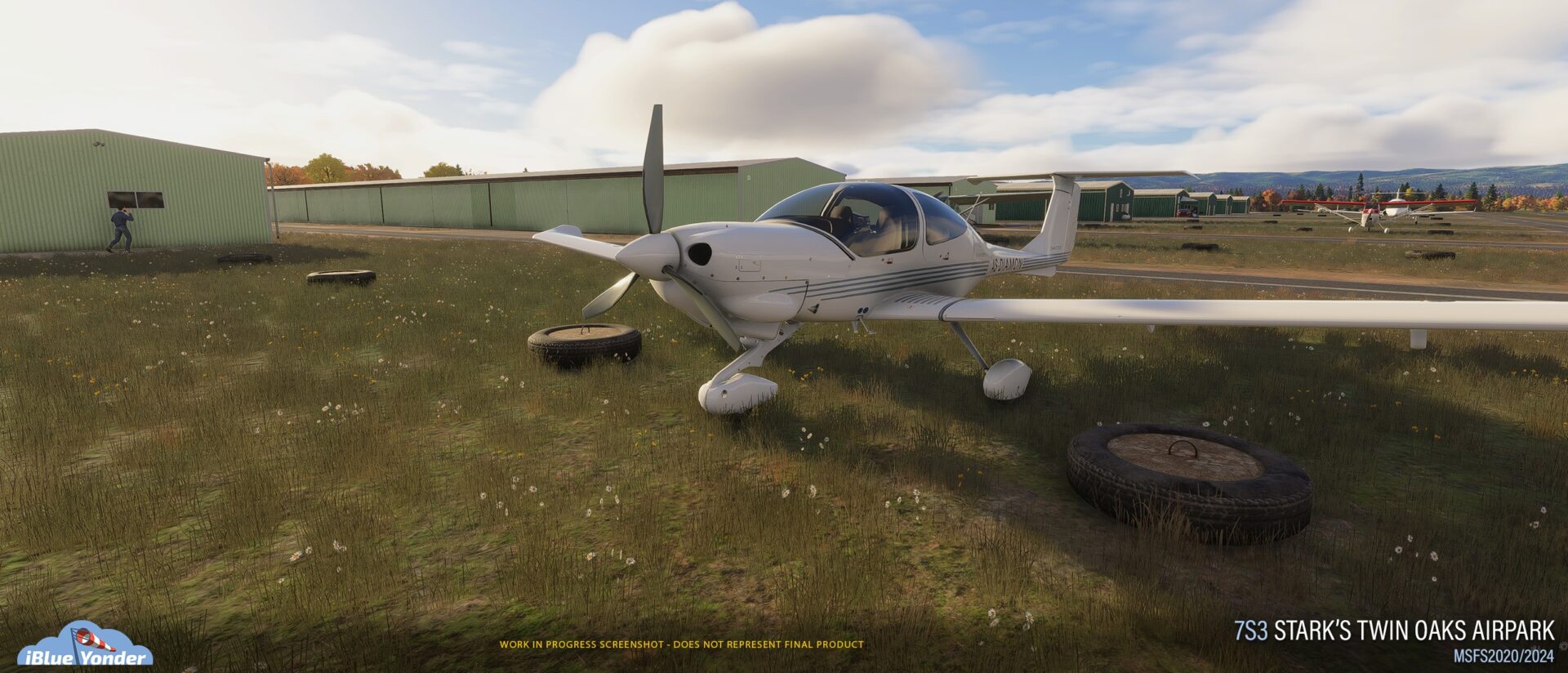
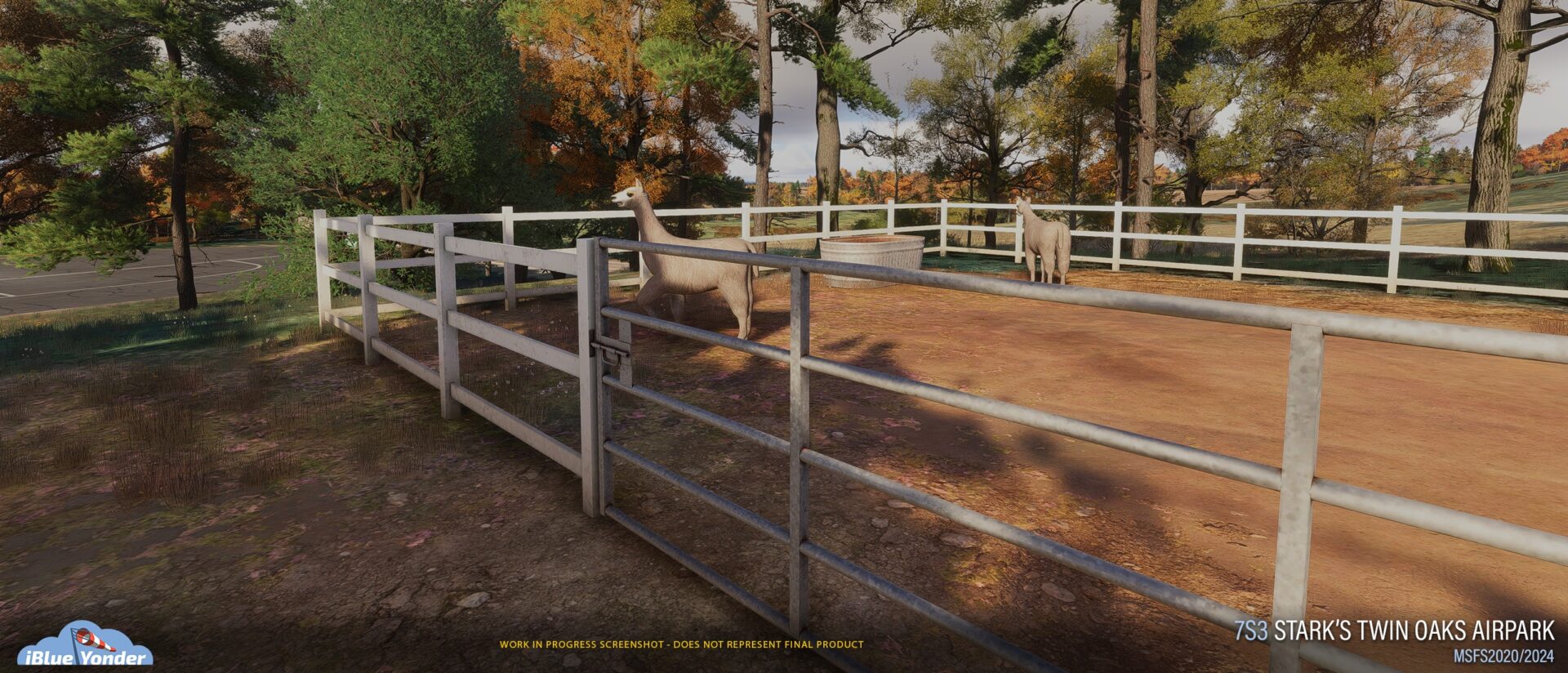
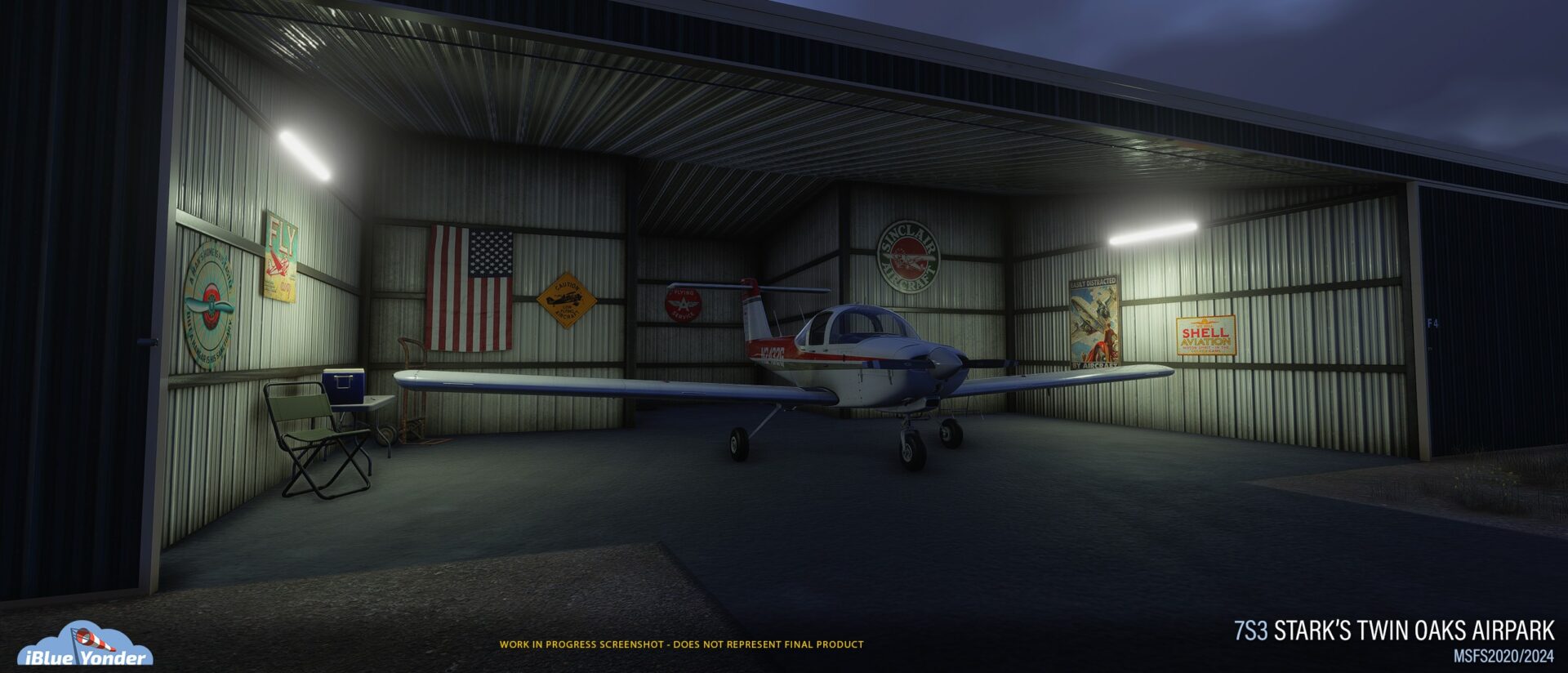
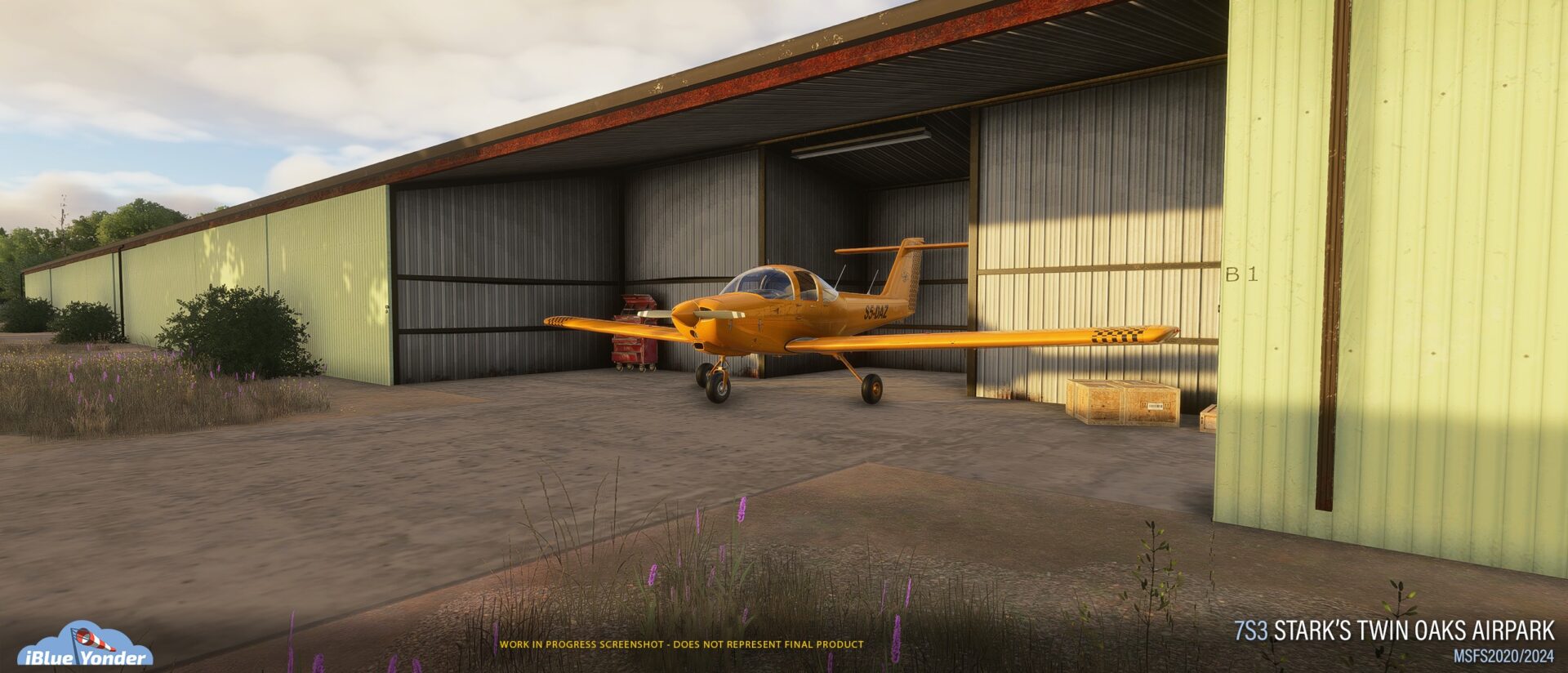
iBlue Yonder revealed new screenshots of its upcoming airfield, Stark’s Twin Oaks (7S3) Airpark in Oregon, United States
We also learn that it’ll enter beta in a few days, so there won’t be any more previews before release.
Remade Minami-Daito Airport for Microsoft Flight Simulator Gets First Screenshots
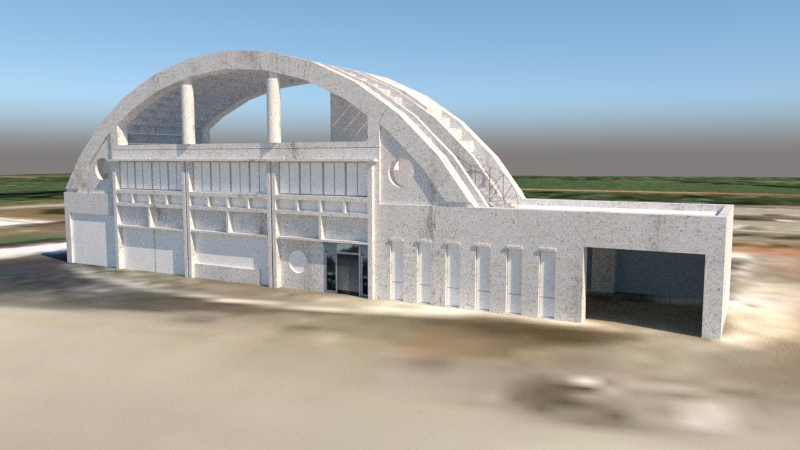
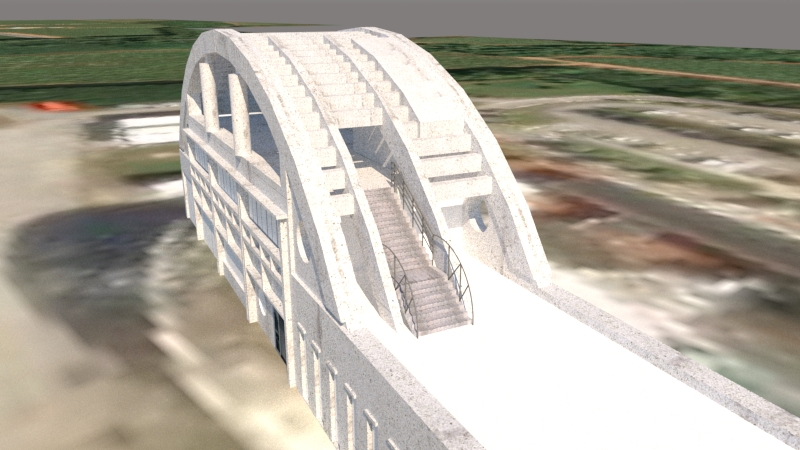
Gate15 Scenery is remaking its old Minami-Daito Airport (ROMD) in Okinawa Prefecture, Japan. We get to see the first look at the new terminal building.
Neom Bay Airport v2 Released for Microsoft Flight Simulator 2020
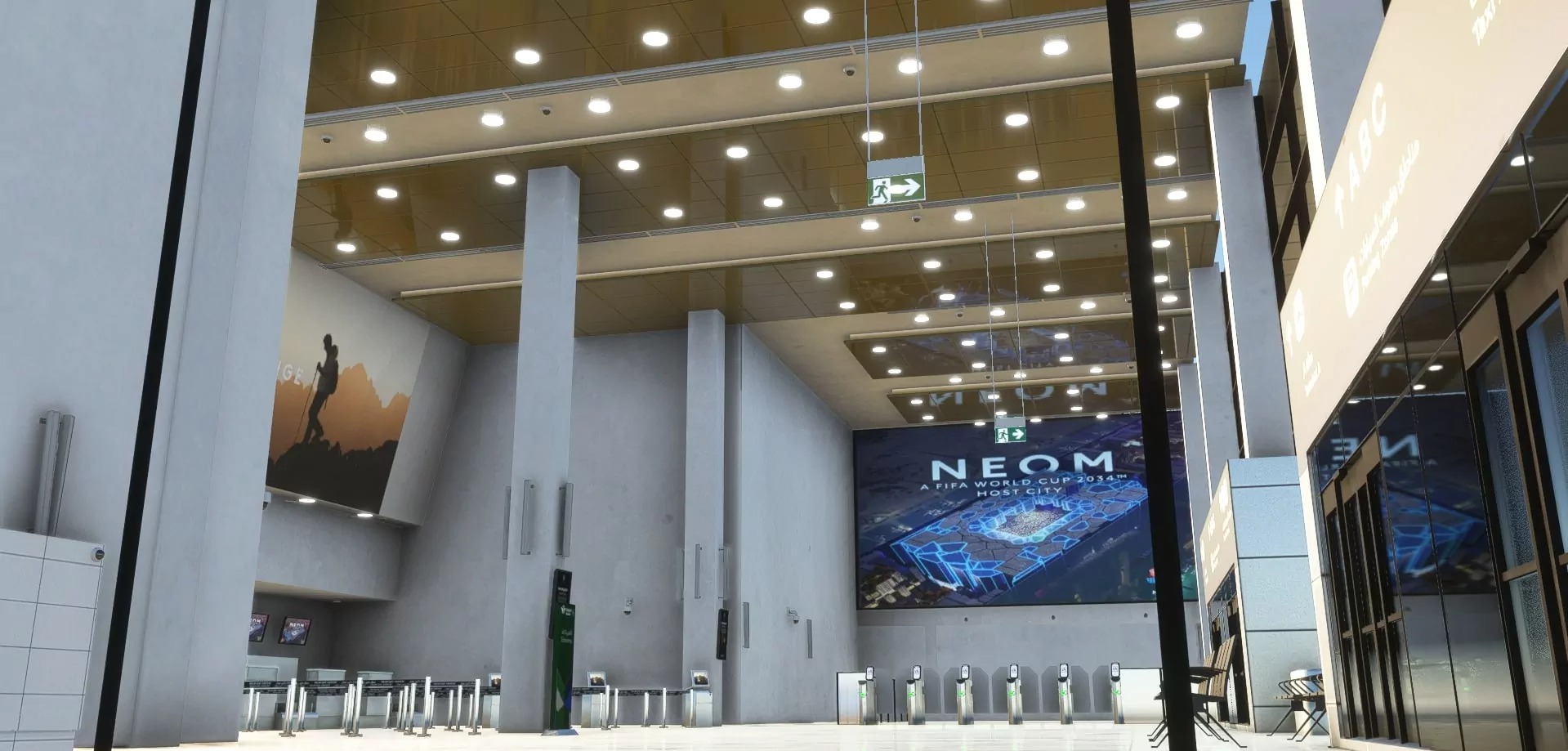
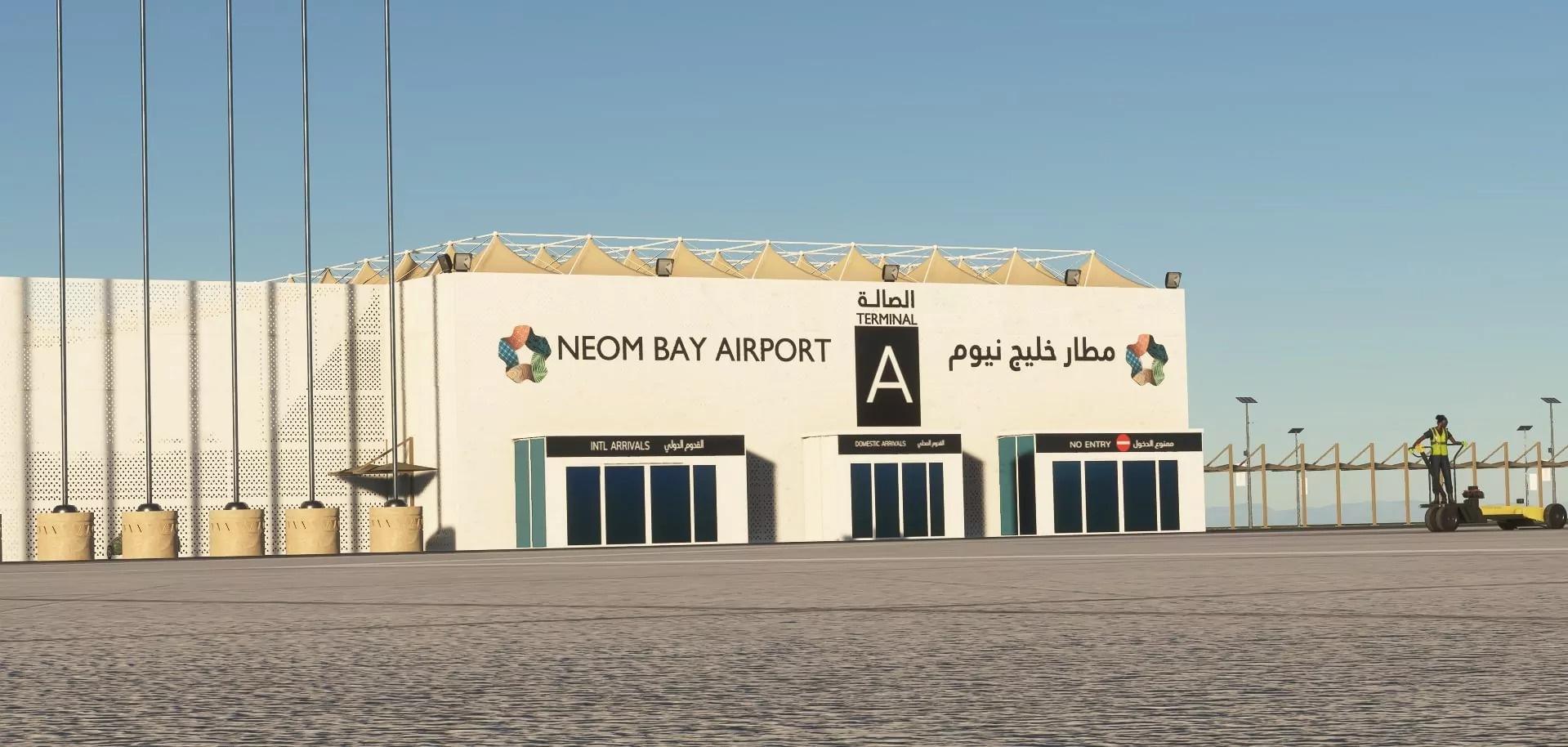
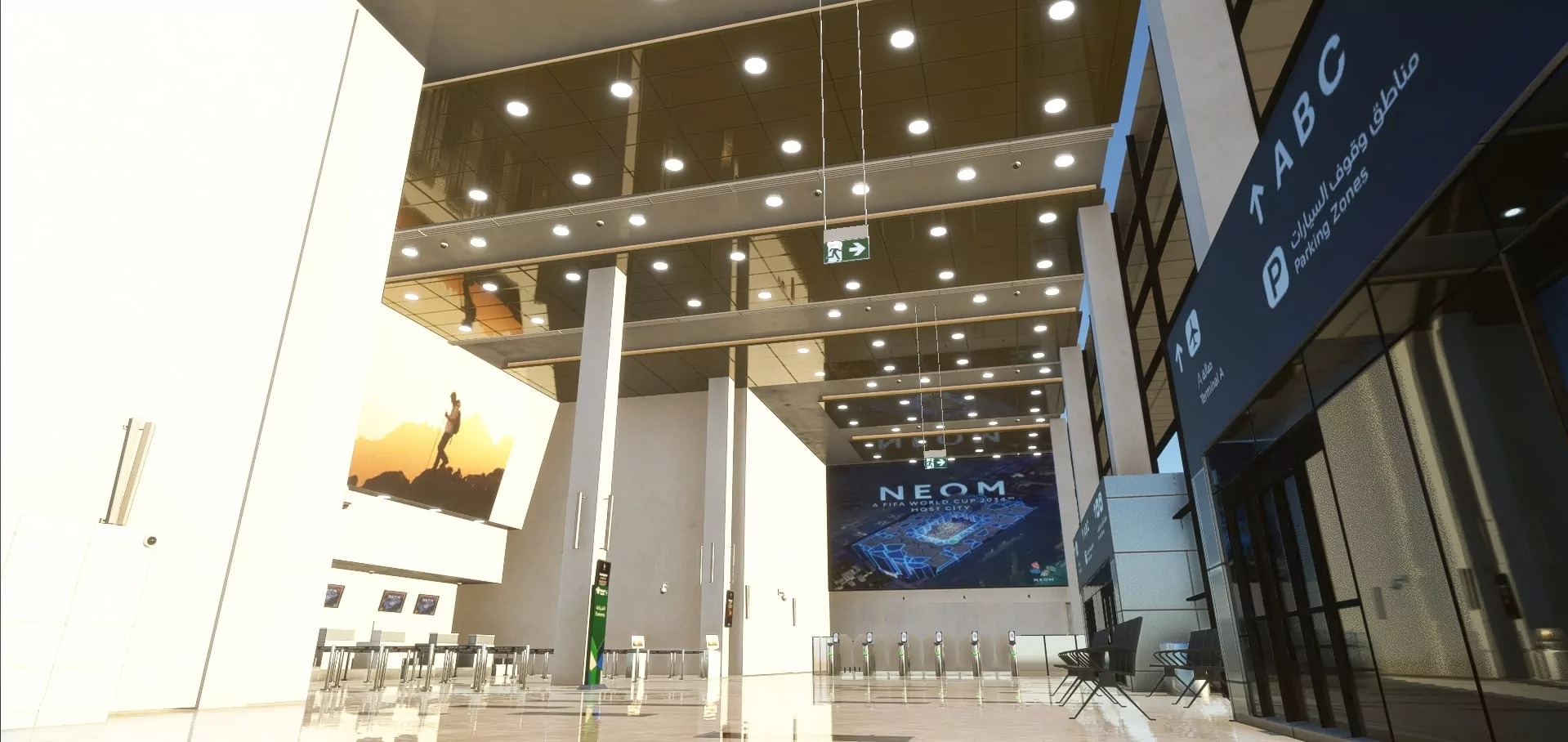
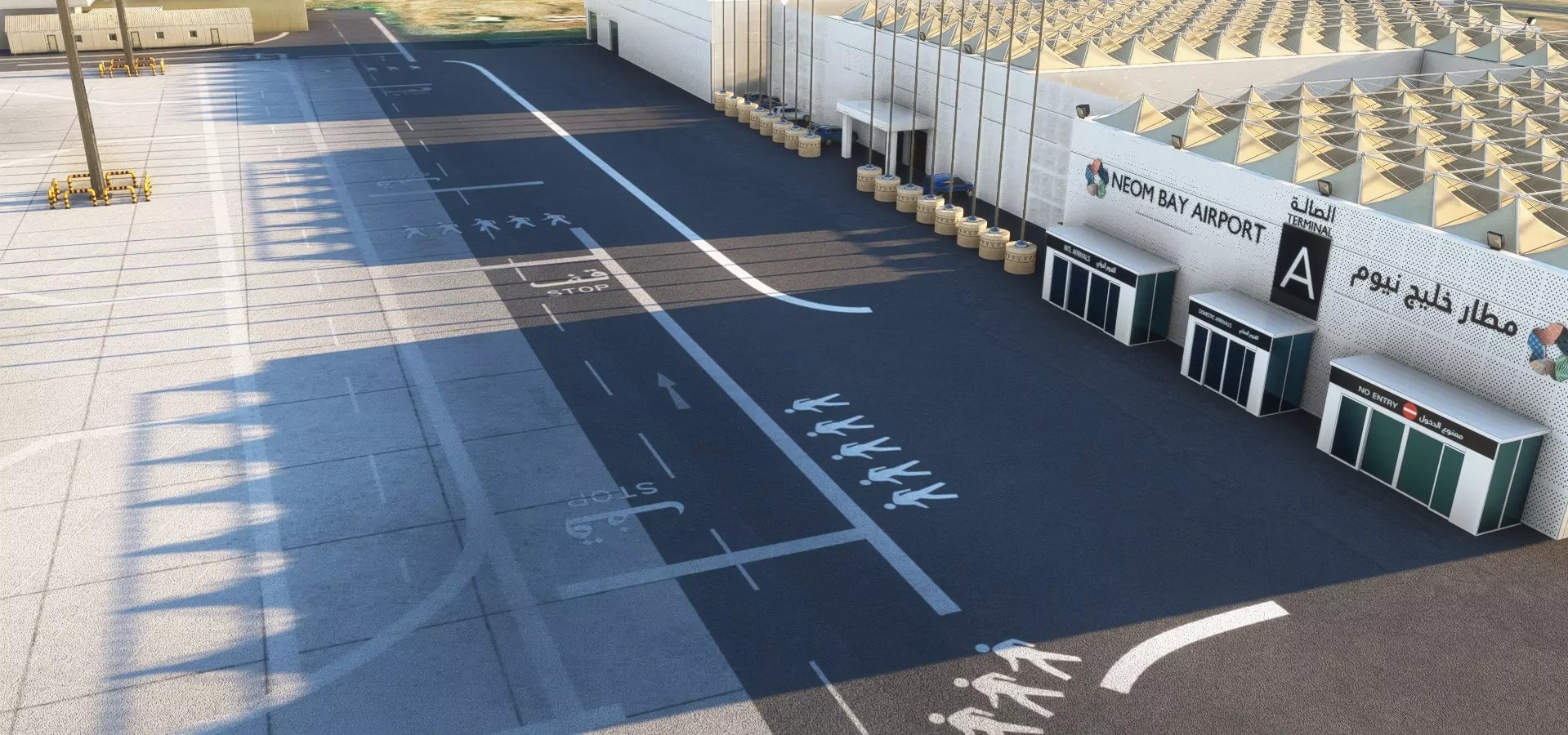
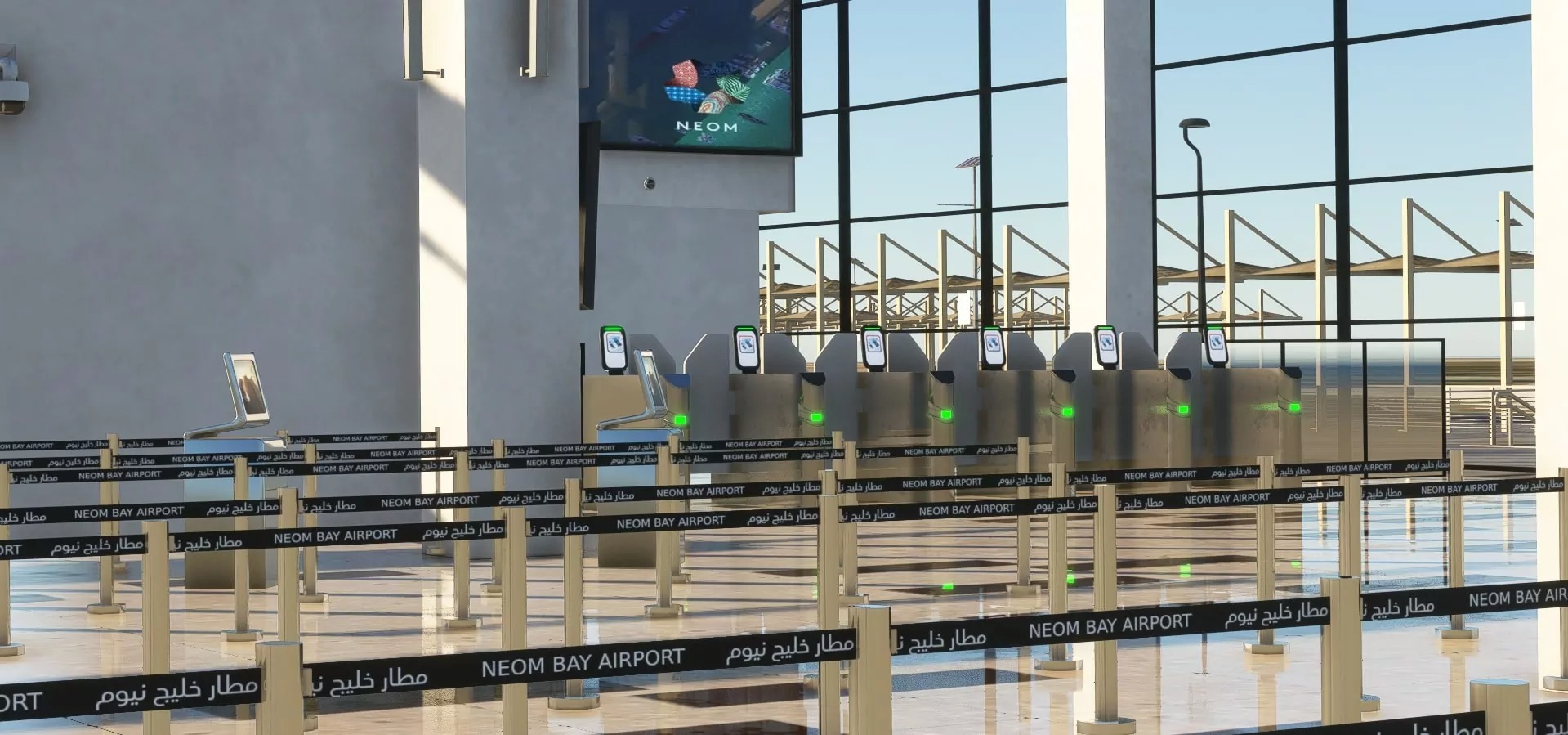
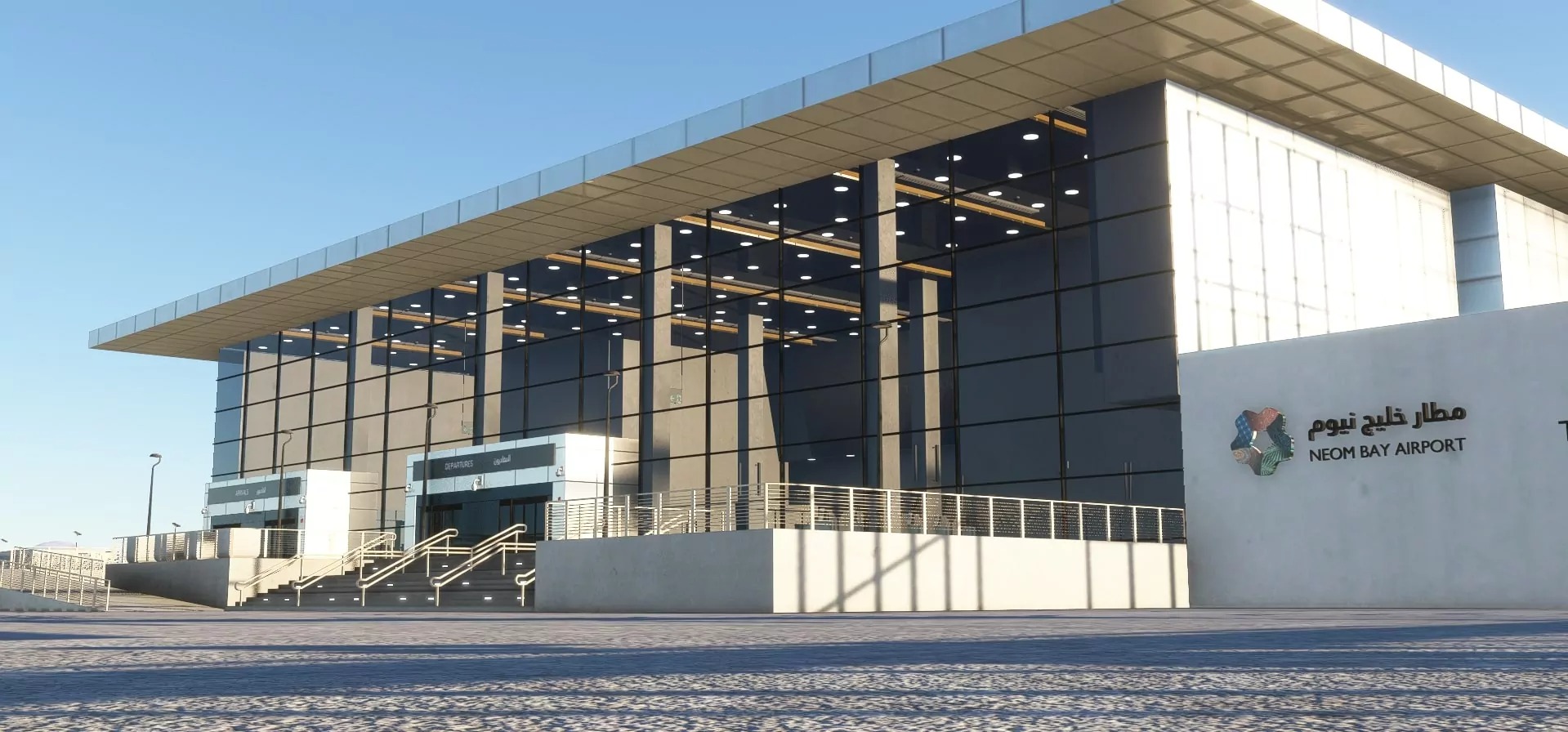
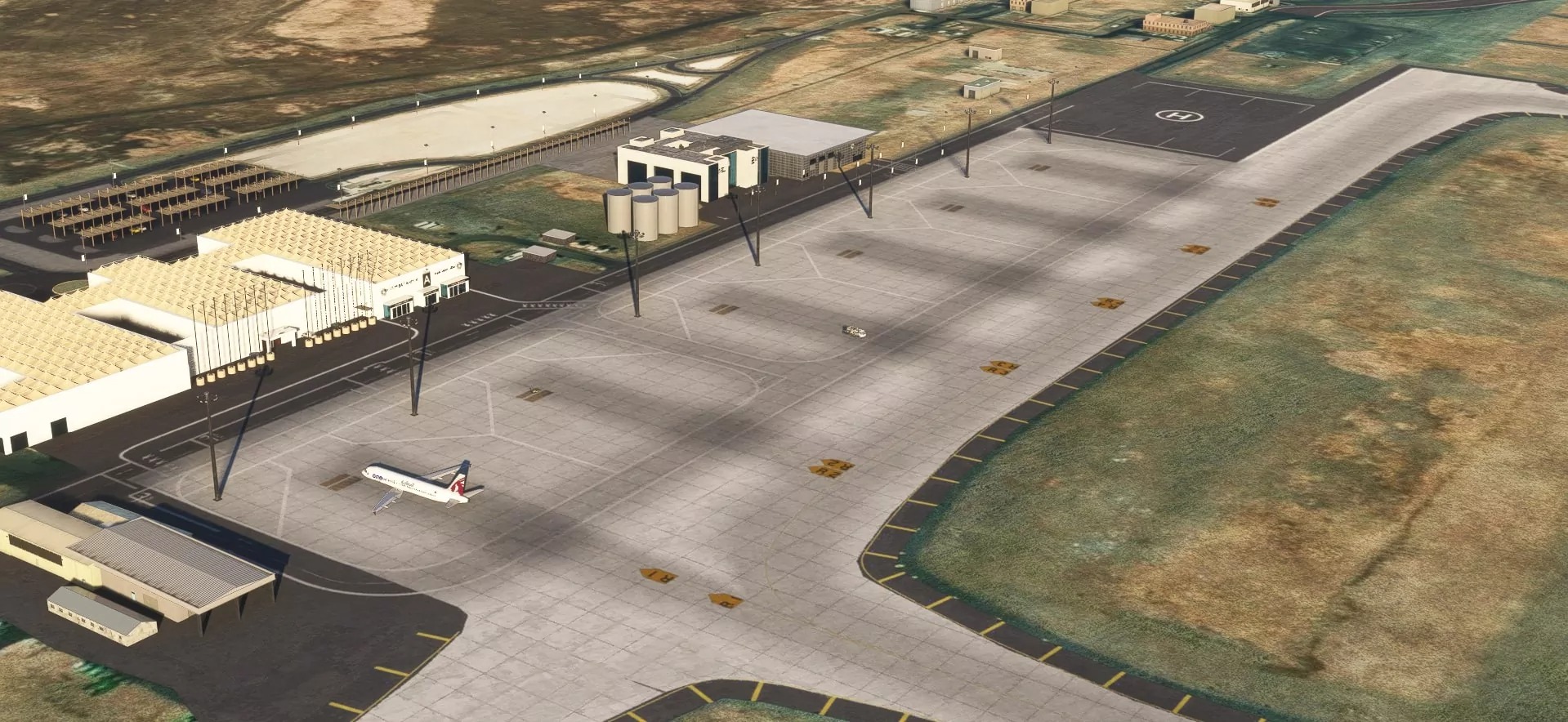
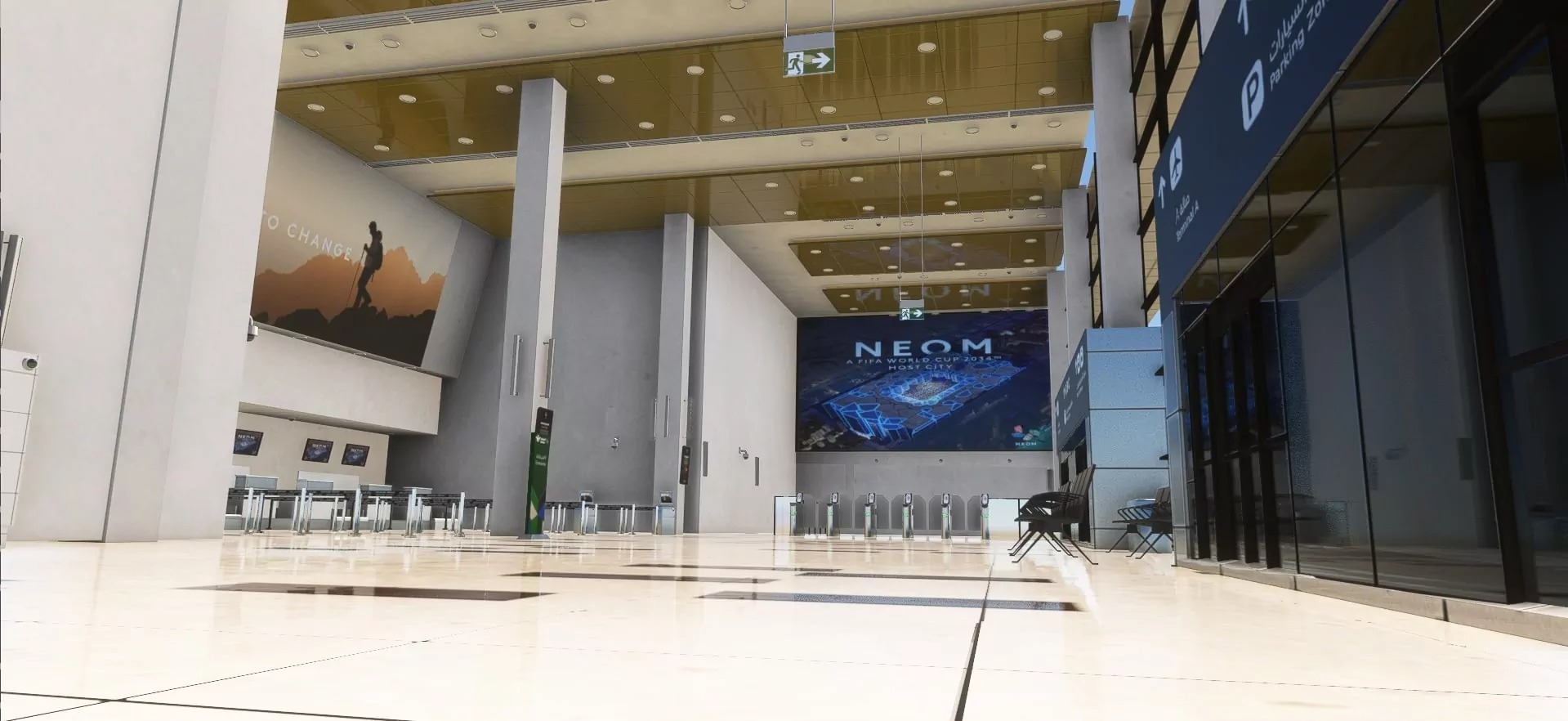
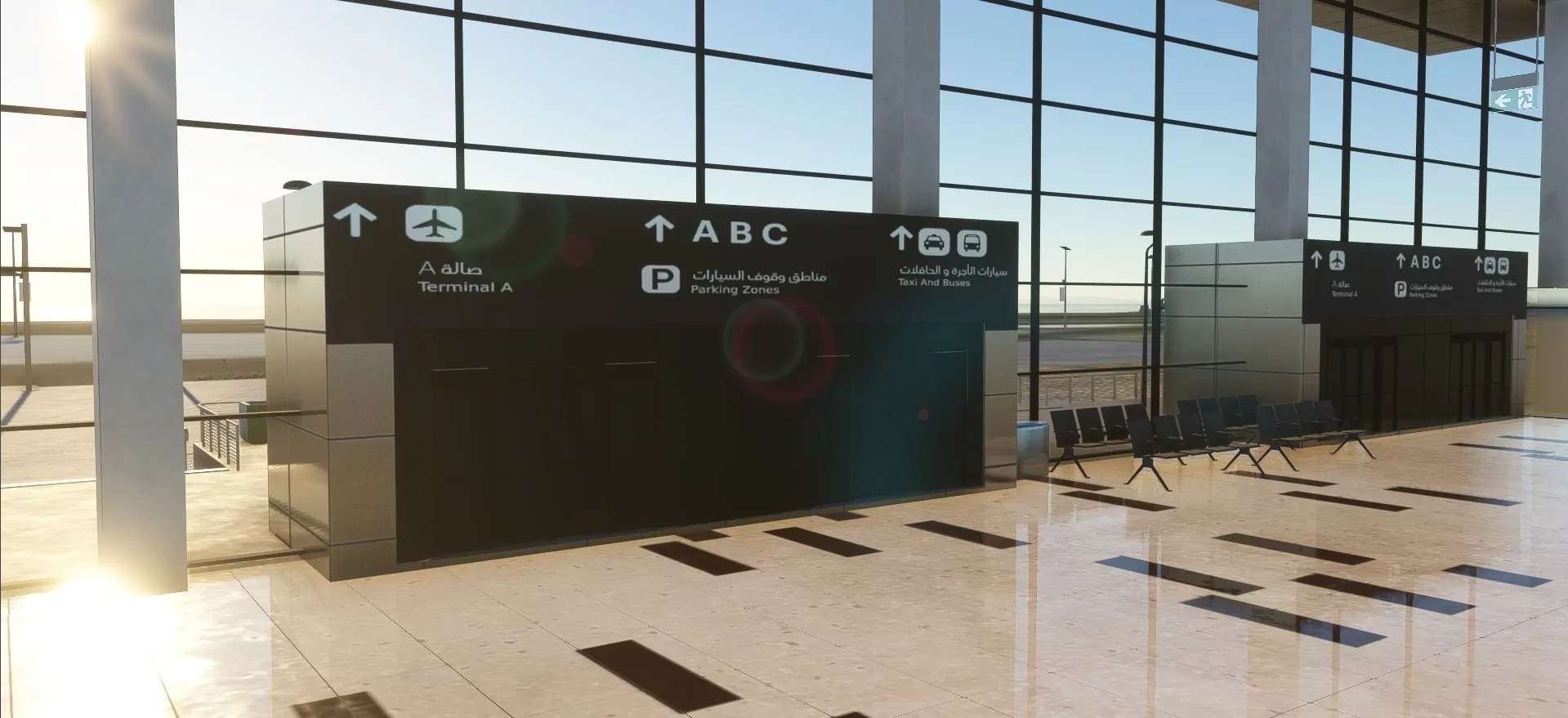
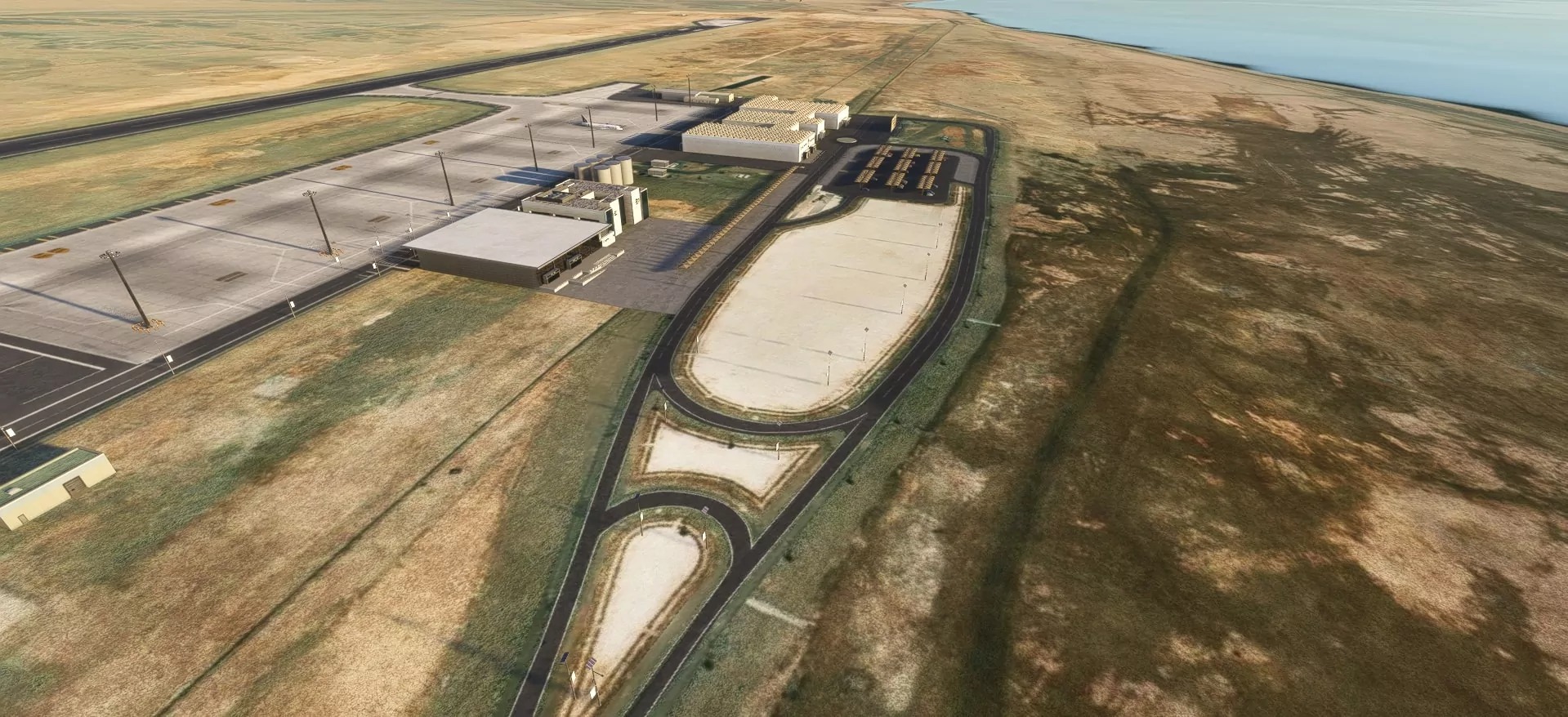
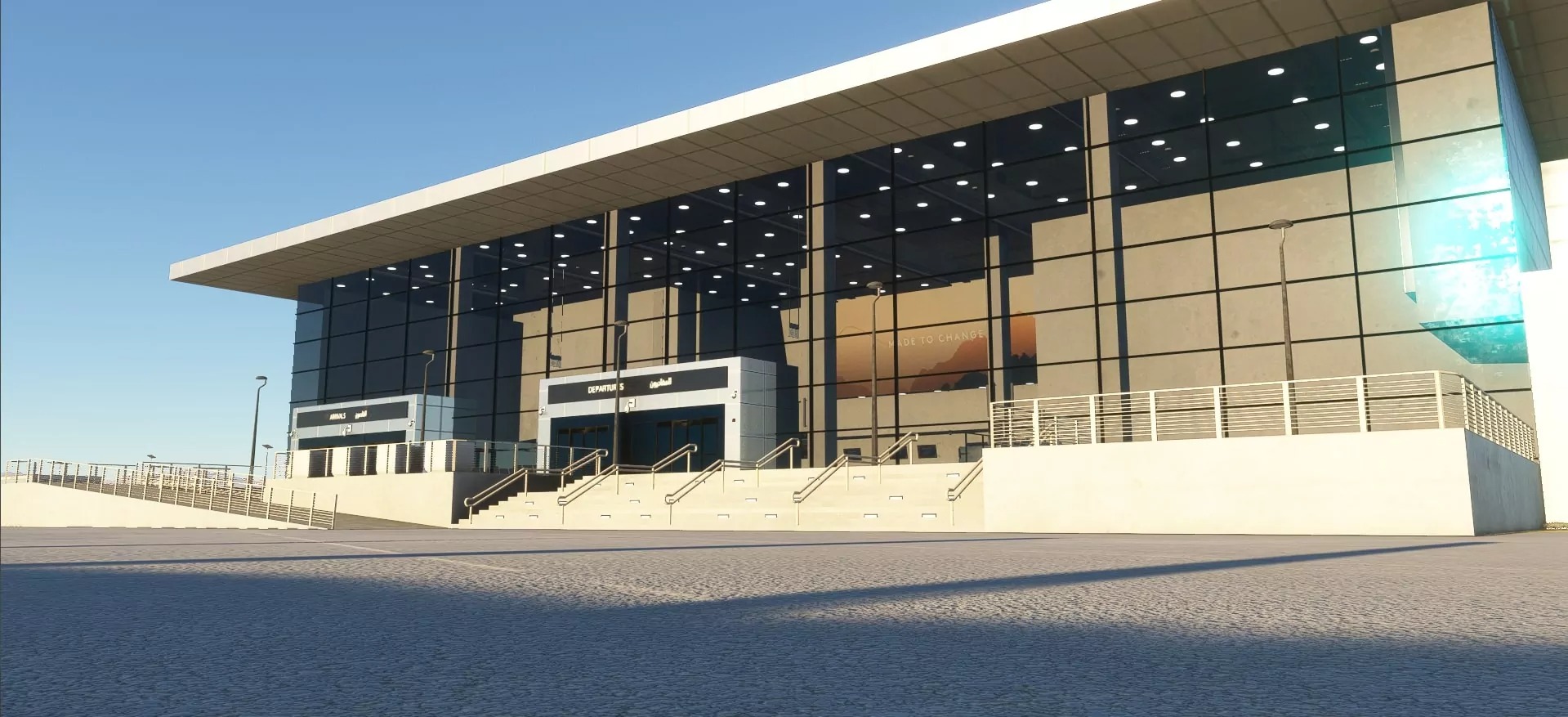
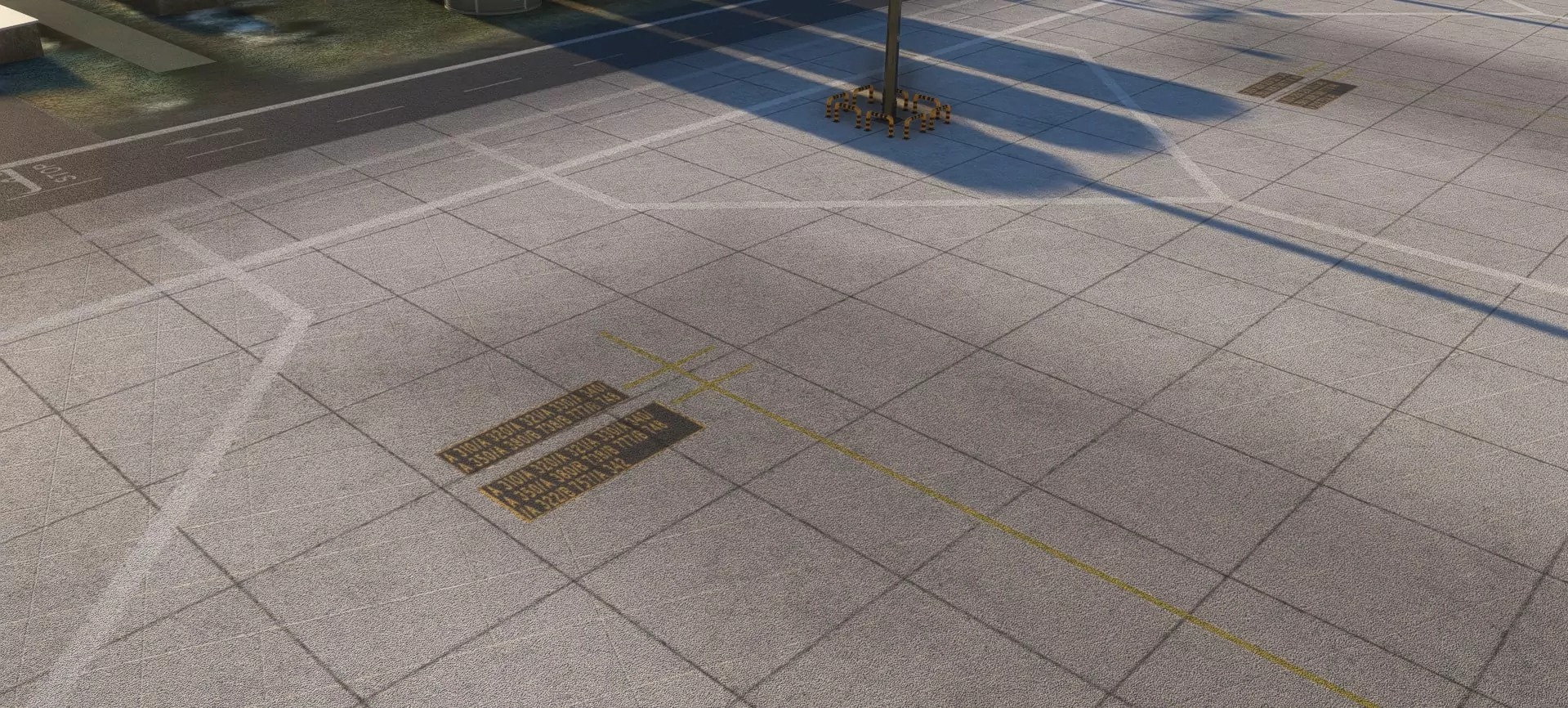
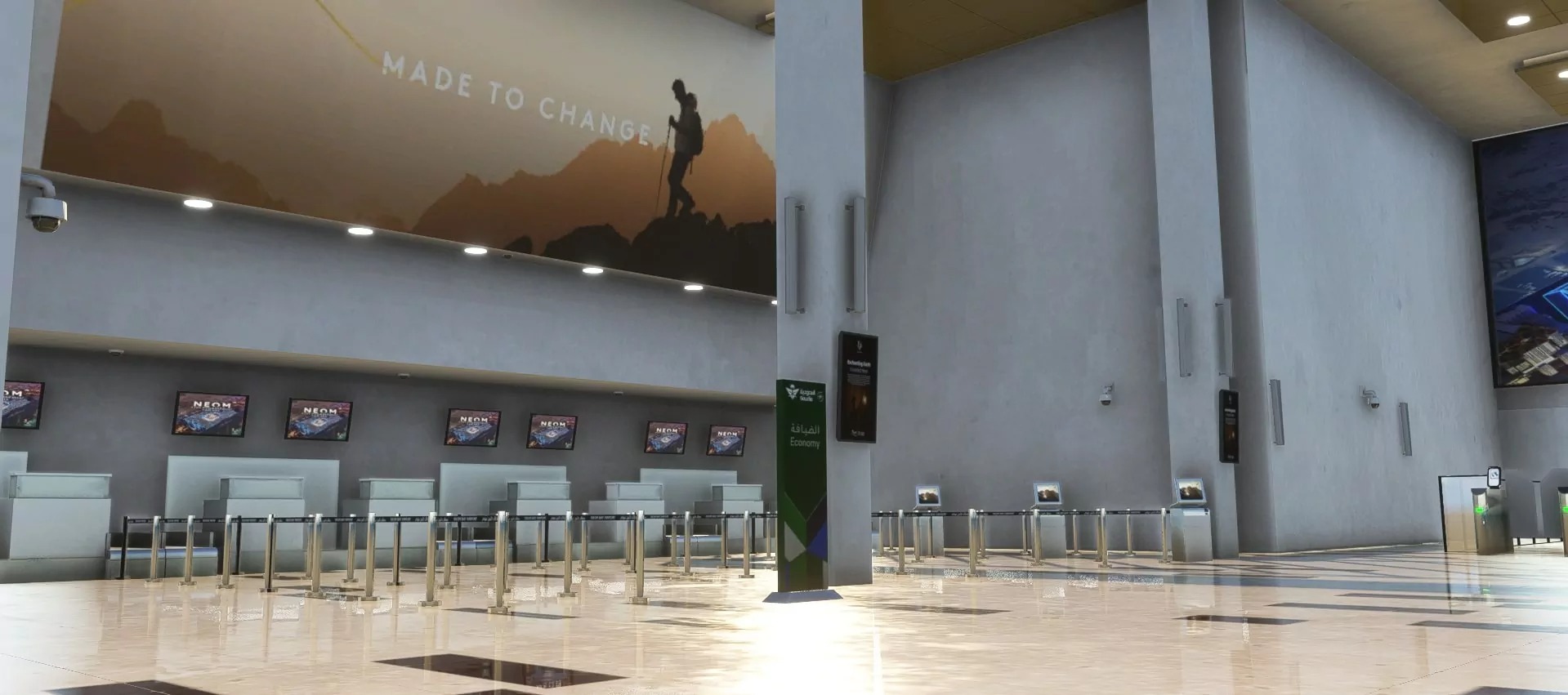
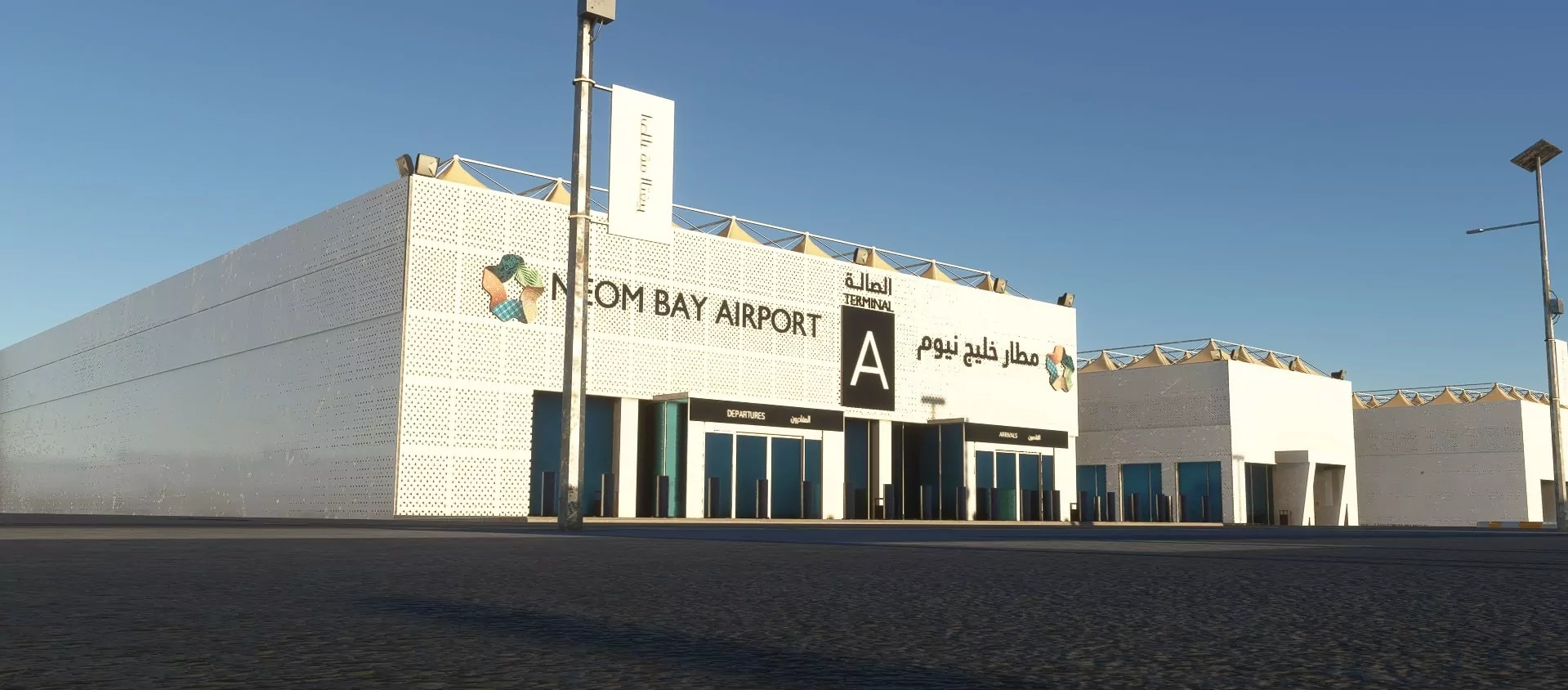
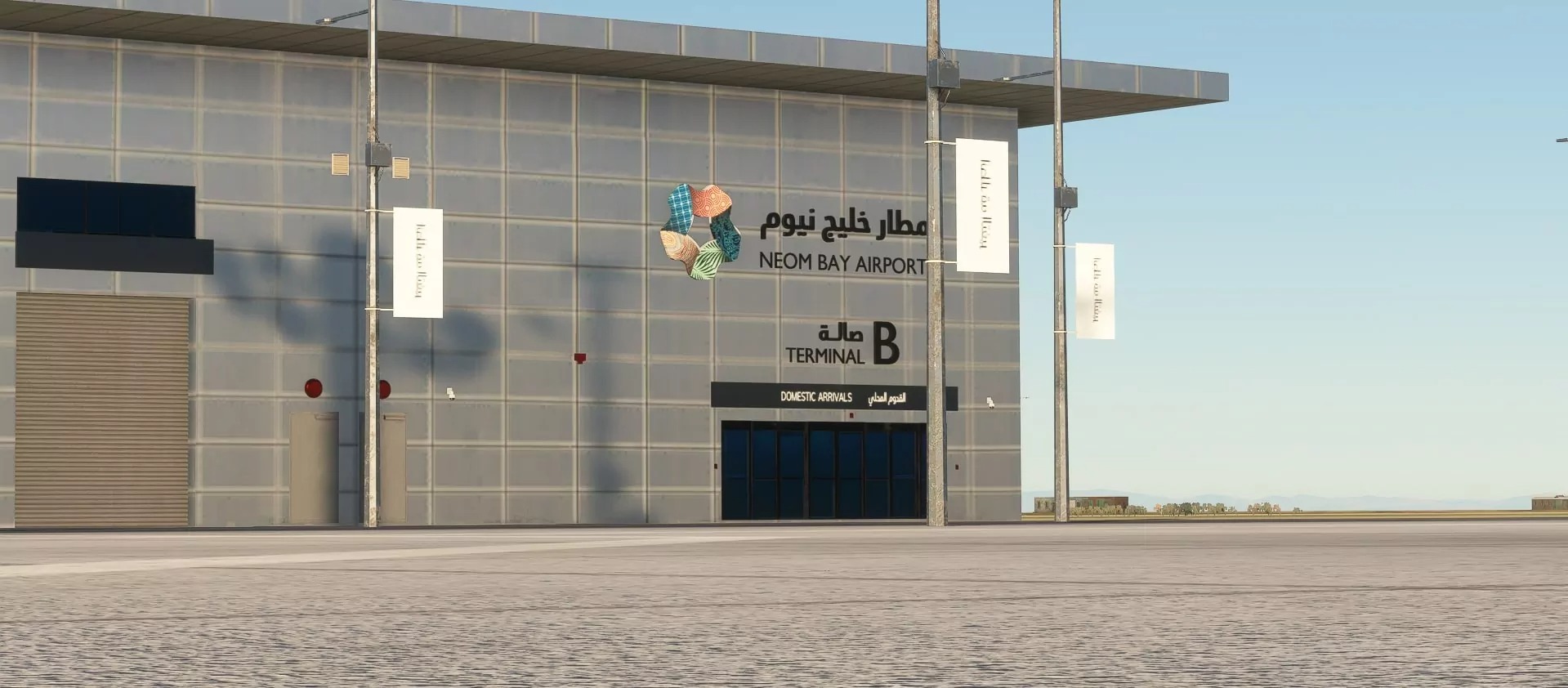
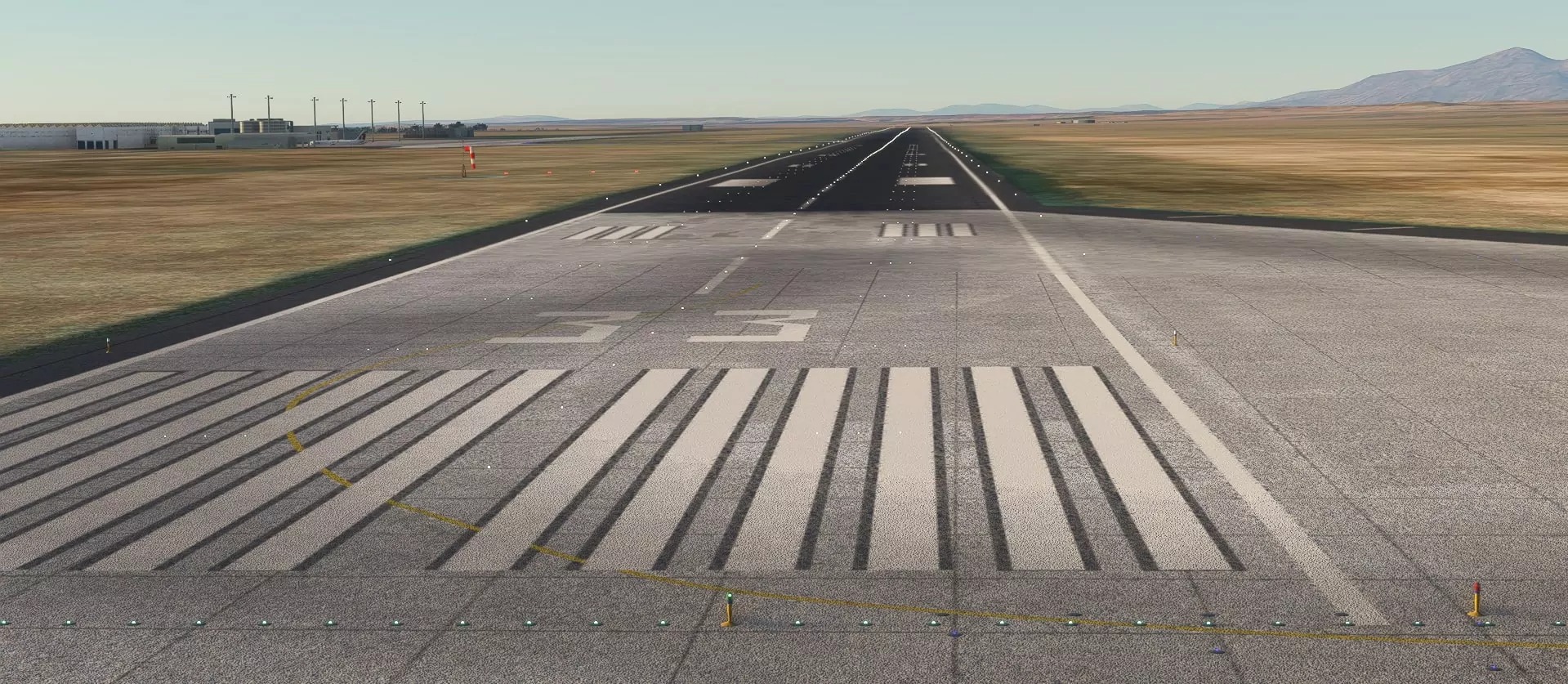
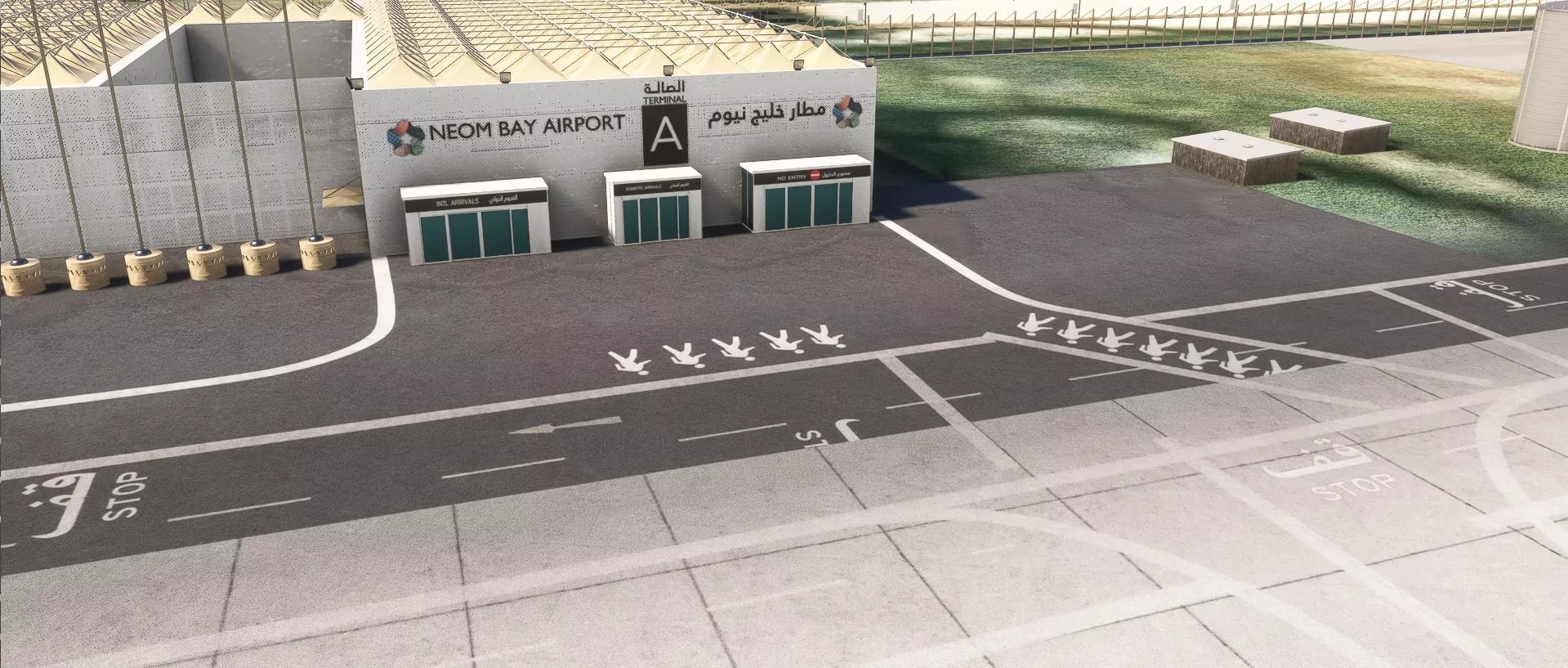
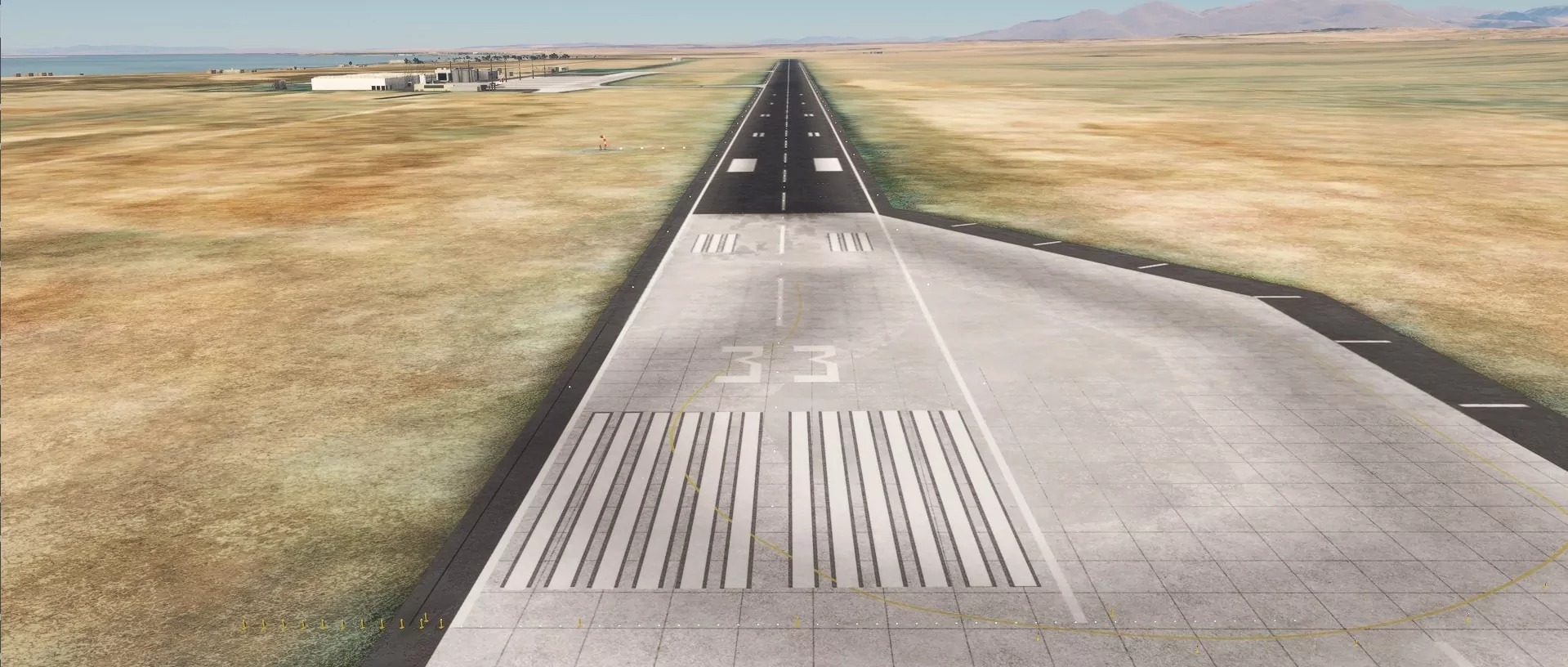
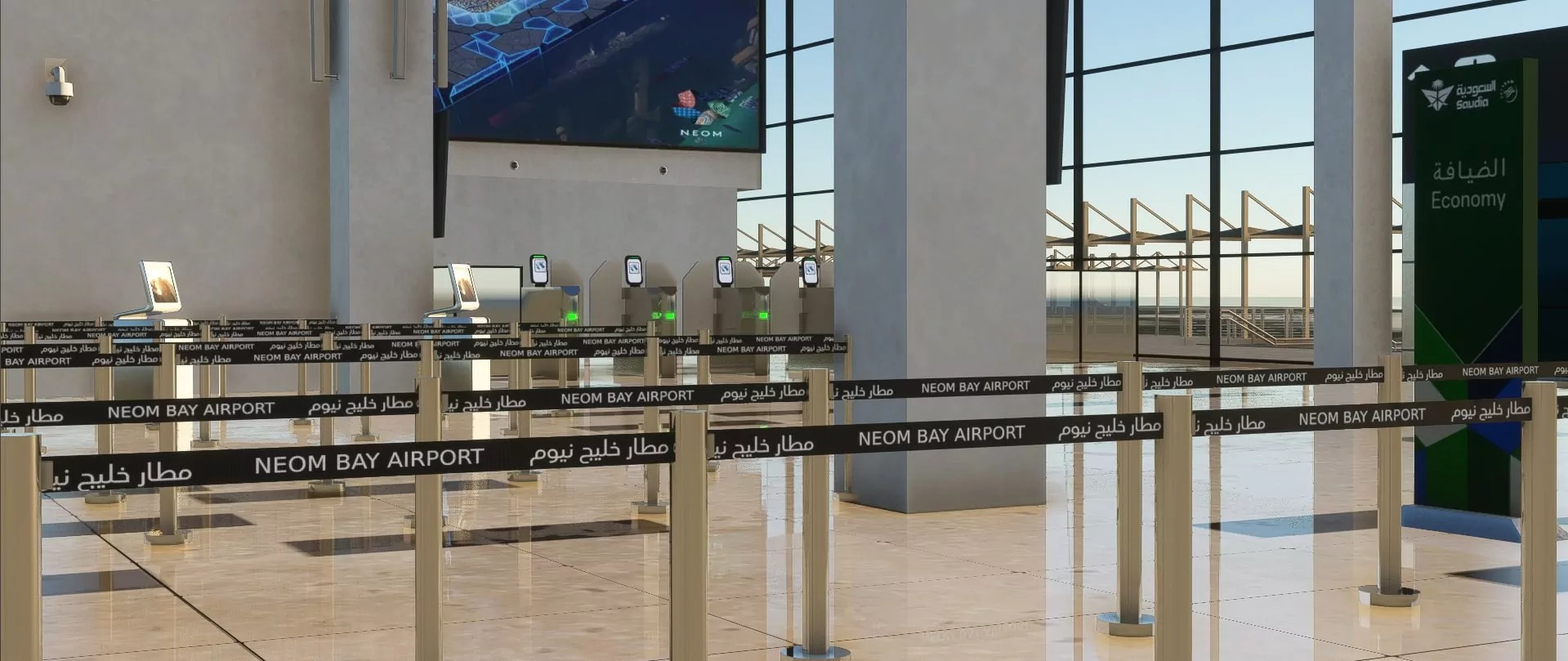
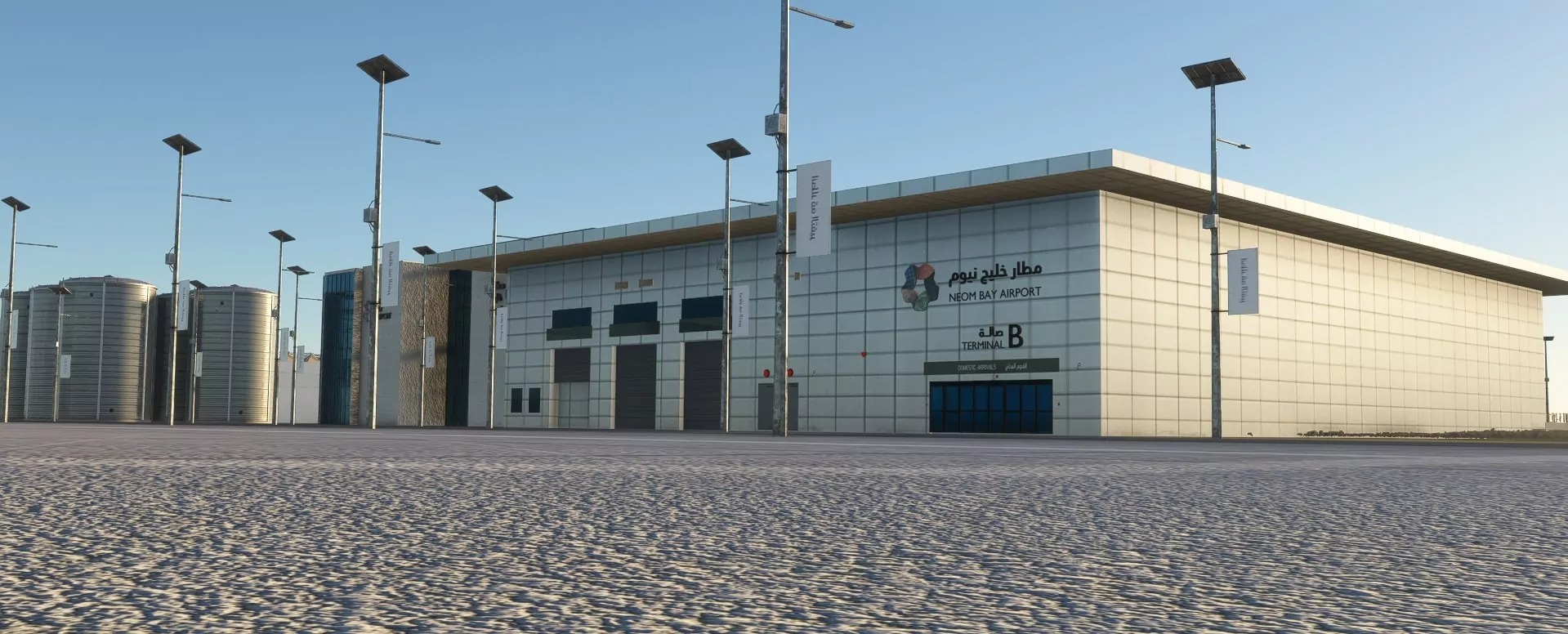
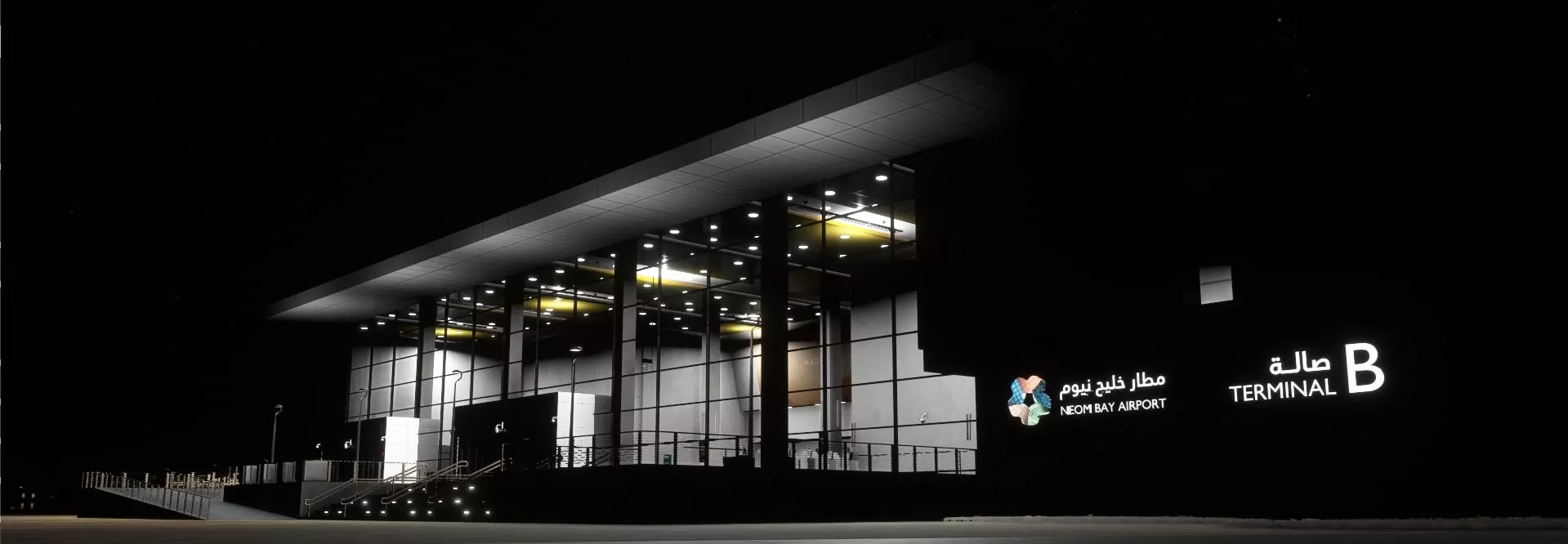
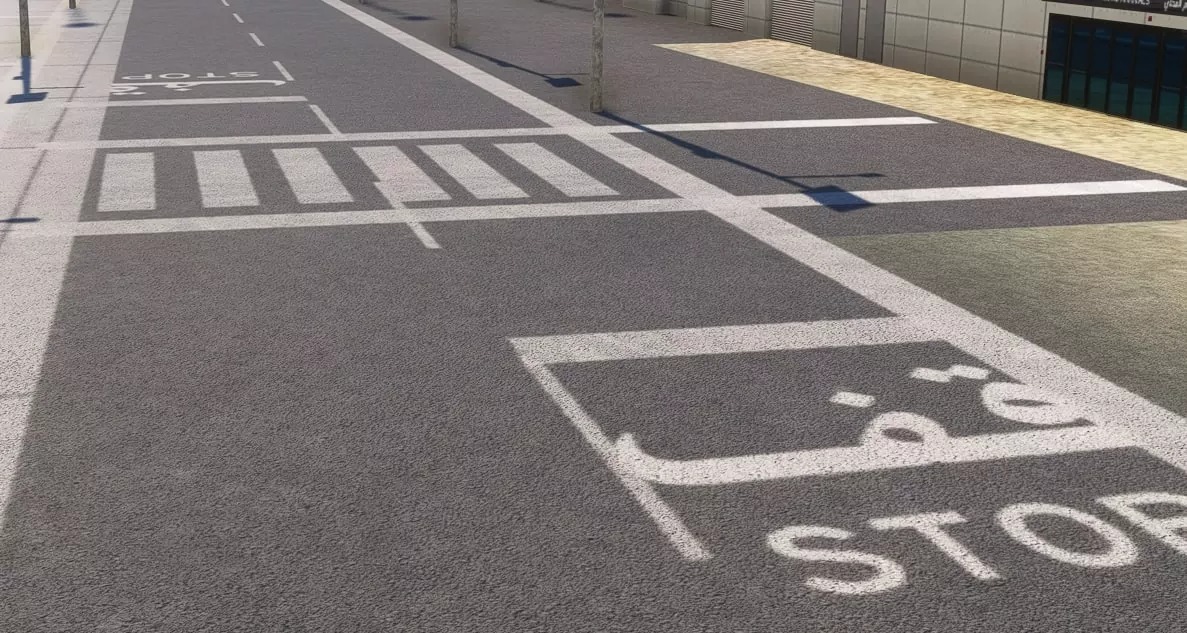
Tuwaiq Design released version 2 of its Neom Bay Airport (OENN) in Saudi Arabia. It’s available on Simmarket for $11.32, but those who purchased the original version get the upgrade for free.
It includes the following features.
New in V2
- Complete Ground Rework: The entire airfield has been reworked, including brand-new high-resolution textures for runways, taxiways, and aprons, featuring accurate markings, realistic wear, and detailed surface variations.
- New Terminal B Interior Modeling: Fully modeled Terminal B interior, showcasing NEOM’s signature futuristic architecture and elegant design elements.
Key Features
- Realistic Airport Model: Accurate terminal structures and overall layout, capturing NEOM’s modern and innovative aesthetic.
- PBR Textures: Advanced Physically-Based Rendering materials for lifelike reflections, lighting, and surface depth.
- Custom Ground Textures: High-quality detailing for all paved areas, ensuring a visually authentic and immersive experience.
- Optimized LOD (Level of Detail): Refined LOD system providing excellent performance while maintaining high visual fidelity at every distance.
The
Boeing 737 MAX for X-Plane 12 Gets New Video, Screenshots, and Dev Update
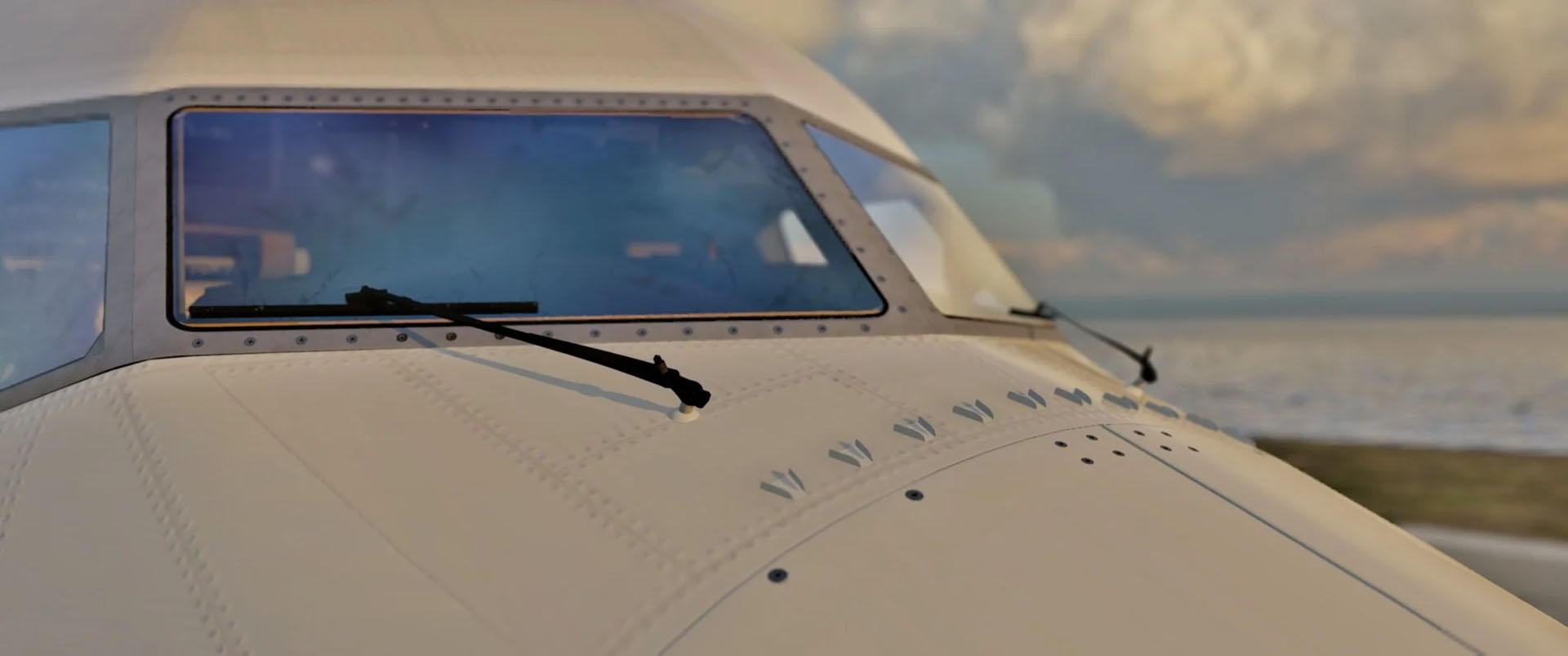
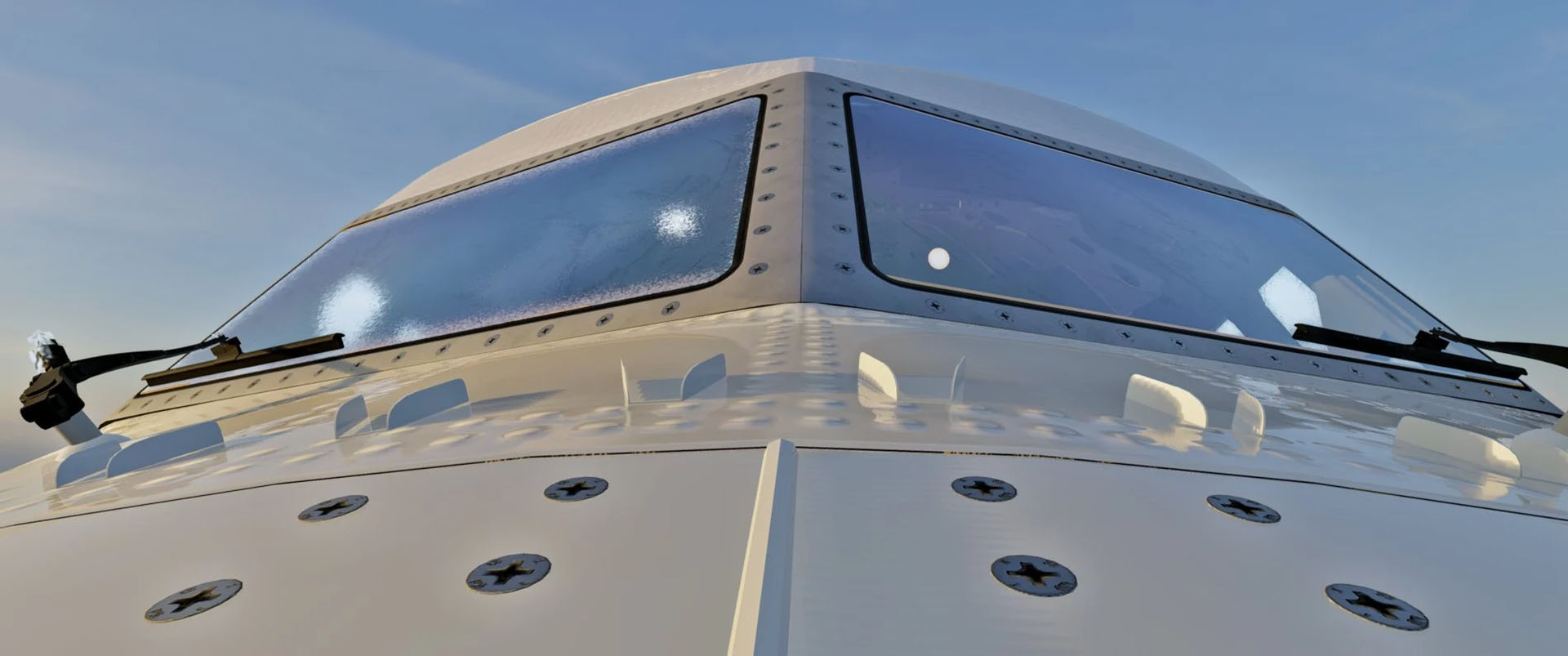
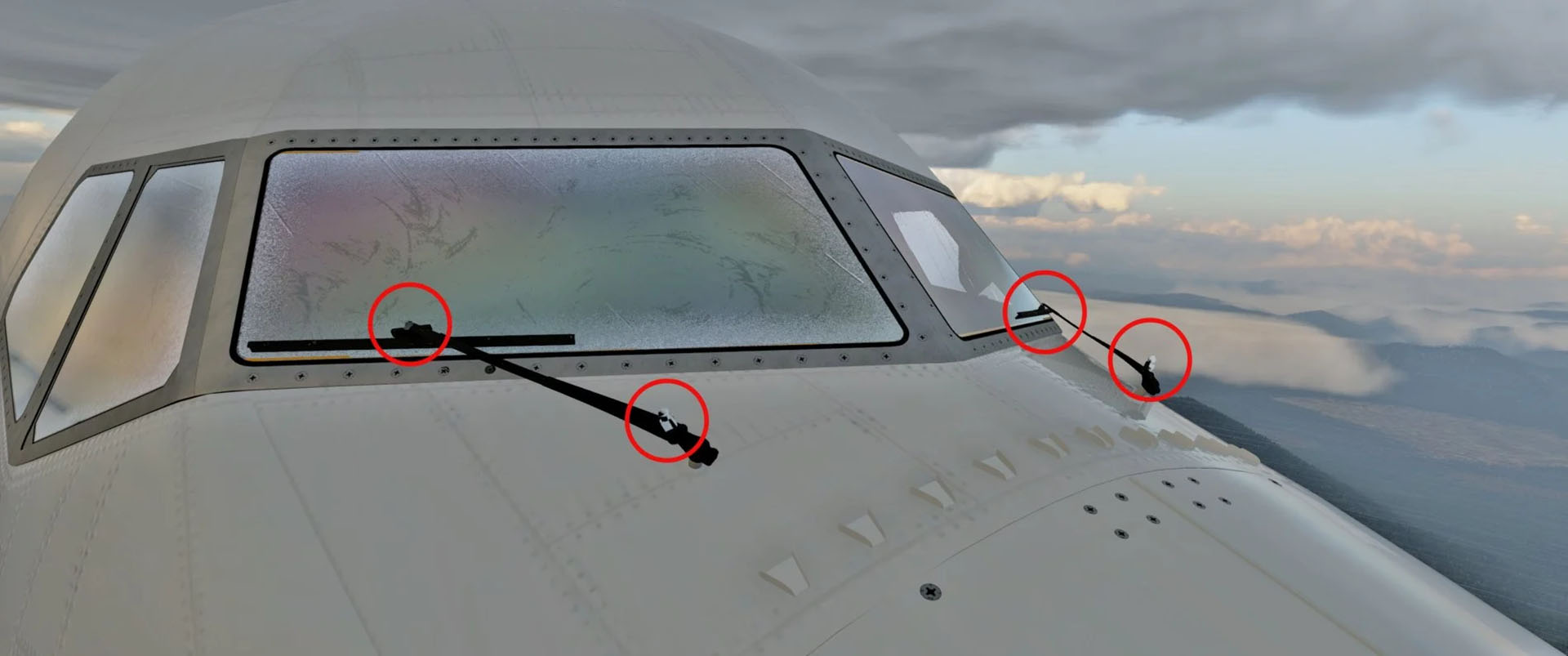
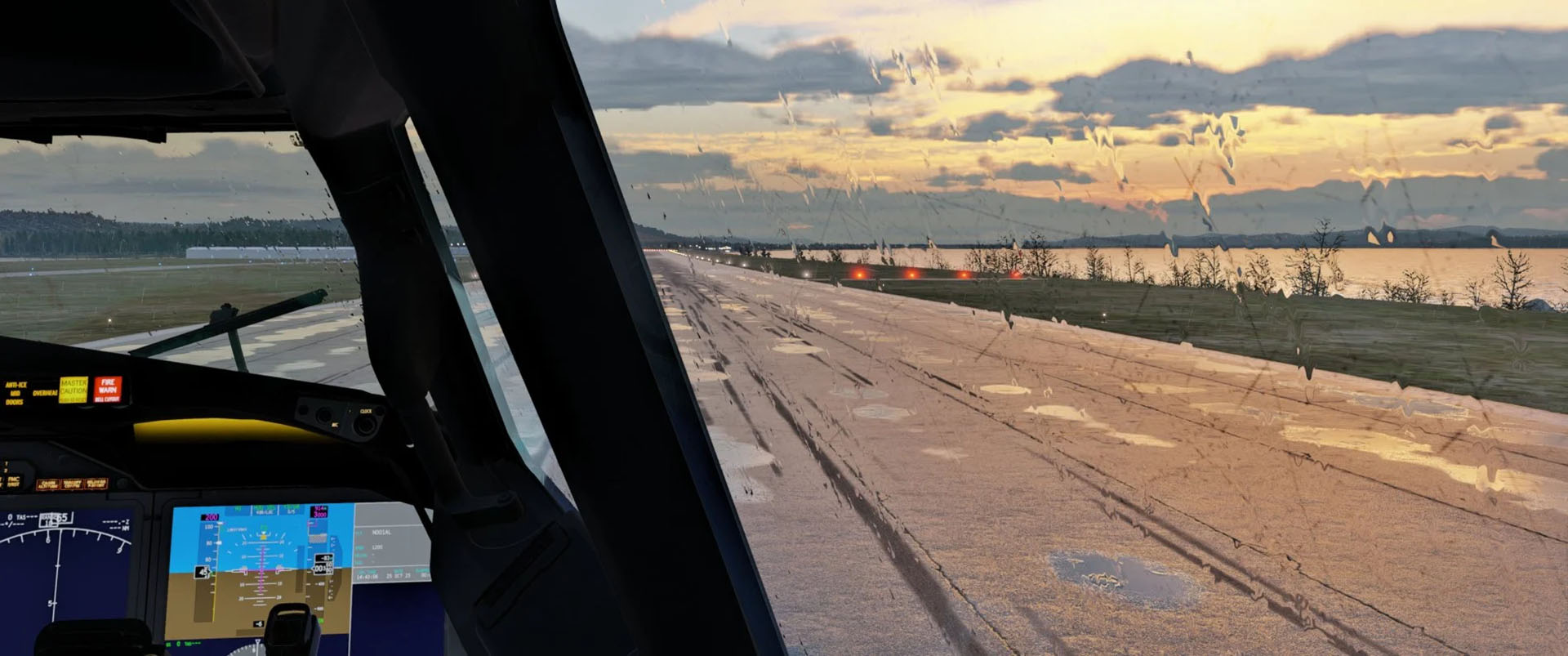
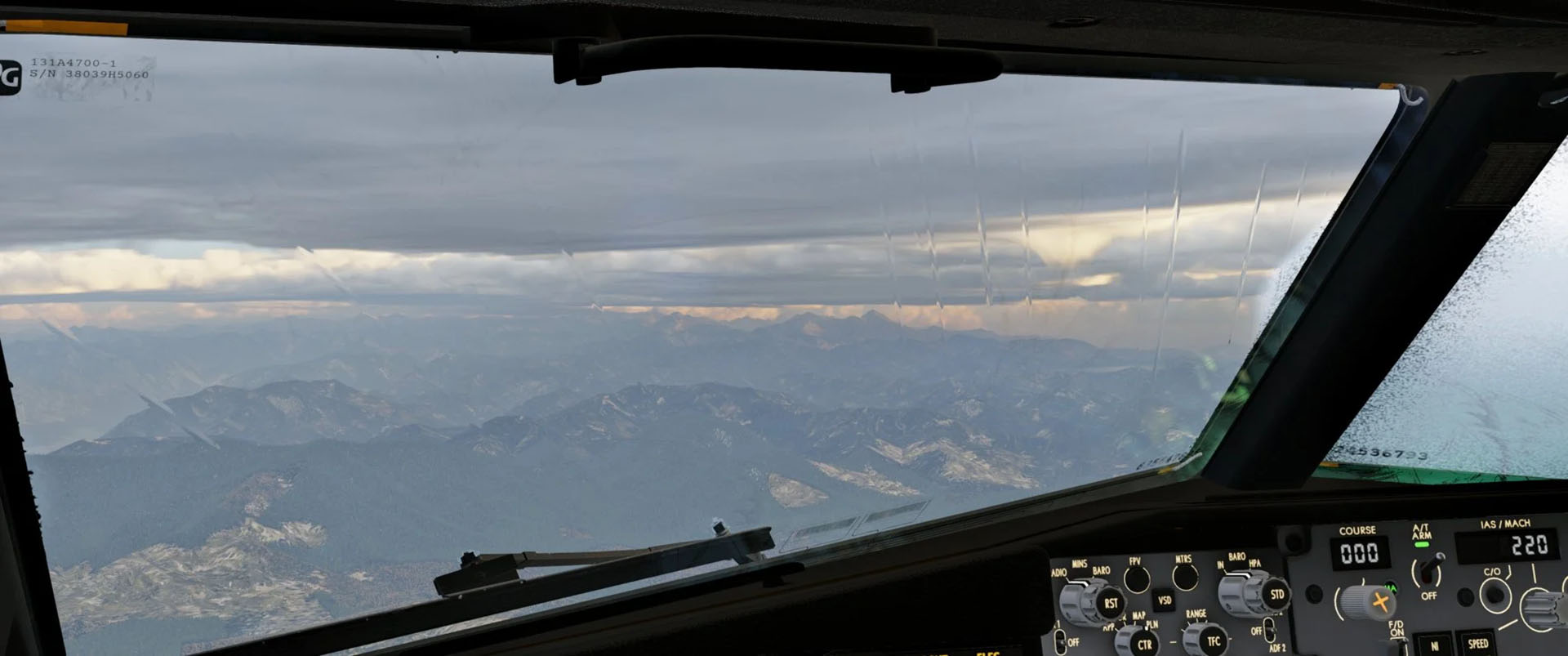
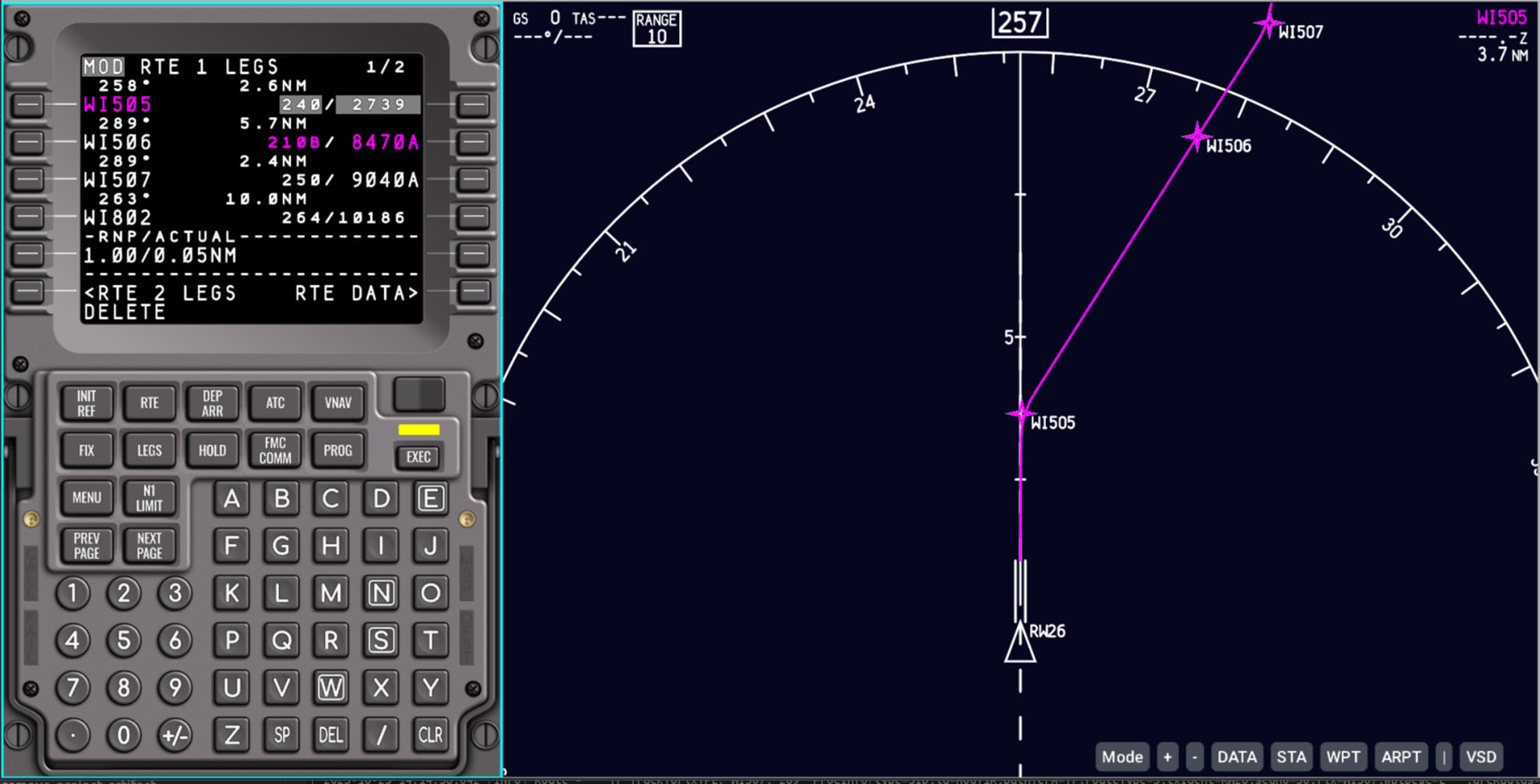
Airfoillabs released a new video, screenshots, and details about its Boeing 737 Max in development for X-Plane 12.
Below you can read what they shared.
“We’re back with a focused progress report on the AFL 737 MAX for X‑Plane 12. This one zeroes in on engine tuning, the core flight model, autopilot hooks into the new FMS logic, and a round of 3D/window work. As always, we’re keeping it practical and pilot‑facing so you can see precisely what’s improving in the flight deck.
Engine tuning
Engines are now tuned in much more detail than before, and we’ve implemented new data from real pilot reports regarding engine behavior. We tuned acceleration and deceleration of engine RPM and, most importantly, performance as a function of Mach, altitude, and airspeed. We also completed the EEC logic with failure modes. Final calculations for N1‑driven autothrottle modes are in, with MCT, TO, CLB, and GA modeled in detail. Idle modes are fully functional: ground idle, flight idle, approach idle, etc. We also corrected N2 values to match the real aircraft.Flight Model
We tuned all airfoils and wings again for precise performance across altitude, weight, attitude, and speed relationships, reflecting the clean‑aircraft performance in climb, cruise, and descent, including pitch trimming. The aim is to test vertical performance with the FMS. We are currently tuning the flight spoilers, flaps, and slats to finalize takeoff, approach, and landing behavior.Autopilot
We’ve spent substantial time tuning the autopilot to the point where we can begin testing it with the new FMS functionality. Basic modes are working, and flight behavior is satisfactory. That said, a lot of work remains to implement the many interactive autopilot modes—only the basic ones are currently available.3D Modeling / Texturing:
We’ve been working on the glass and all windows, including rain/icing effects, thermal features, and wipers. Significant time was spent correcting cockpit window meshes and creating new textures – this had been done rather superficially and needed many interventions – but that part is now finished: all glass‑to‑frame connections are done. The side‑panel and ceiling meshes were edited too to fit the windows correctly. We will postpone the side‑window animations. We have also created the analog compass and reworked the fuselage textures, improving the representation of the bolts (they were too large). New normal maps were created for this, and effects for dirt blown by airflow around the bolts were added. As there’s currently no time to make the full cabin interior, a dummy cabin is in place so sunlight can pass through and night‑lighting effects can be achieved.FMS
VNAV performance engine (climb, acceleration, level flight) – In Progress
Climb profiles (ECON / Max Rate / Max Angle / RTA): We compute target speeds, thrust modes, and altitude captures through the VNAV CLB model, including acceleration segments and speed schedules from lift‑off through clean‑up to top‑of‑climb. This mirrors the FMC CLB logic of the real aircraft (e.g., CLB, RTA CLB, Altitude/Speed Intervention).Acceleration handling: The calculations transitions from takeoff/clean‑up speeds to climb IAS/Mach, observes the IAS/Mach crossover, and preserves published or pilot‑entered restrictions during the clean‑up window – consistent with climb/initial‑climb techniques for the 737‑8.
Level‑flight (cruise) stability WIP: We calculate FMC targets for ECON/LRC/RTA cruise, including Mach/IAS propagation and step‑change handling, reflecting the FMC CRZ page behavior and related options (e.g., Cruise Speed Forward Propagation).
Route speed & vertical‑limit restrictions – In Progress
Constraint parsing and enforcement: We implemented ALT “at”, AT‑OR‑ABOVE, AT‑OR‑BELOW, and window constraints, plus speed constraints as coded on procedures and waypoints. The system builds the vertical path to honor these limits and computes advisory deviations if a restriction is incompatible with the energy state. This tracks FMC data rules for Altitude Constraints, Windows, and Speed Restrictions and Constraints.VNAV mode logic at restrictions WIP: The simulation resolves VNAV PTH vs VNAV SPD transitions, ALT INTV/speed intervention effects, and “on‑approach” logic interactions described for the 737‑8/-9, including updates to Altitude Intervention behavior in later FMC baselines.
Vertical path construction WIP: We construct the reference path using the FMC‑style method (e.g., altitude targets at constraint fixes, path segments between them, and recapture behavior), consistent with the FMC description of Vertical Path Construction and Descent Modes.
Automated flight‑model runs & data recording – In Progress
Scenario harness: One‑click batch execution over a library of scenarios (e.g., short/long‑haul profiles, heavy/light weights, tail/headwinds, temperature bands). Each run produces synchronized time‑histories of target speed, target/actual vertical mode, vertical deviation, thrust limit/setting, and constraint compliance. Result artifacts: JSON/CSV datasets and quick‑view plots designed for engineering review.”
F-35 for X-Plane 12 Gets First Trailer
AOA Simulations revealed a new trailer of its F-35B Lightning II for X-Plane 12.
The aircraft is currently in beta testing and should release reletively soon.
If you’d like to read more flight simulation news, you can find plenty in our previous roundup article from yesterday.
If you want to go further back, we have a handy overview video of the major flight simulation news in the past week. You can watch it below. As usual, leaving a like and a comment and subscribing to our growing YouTube channel is extremely helpful.

